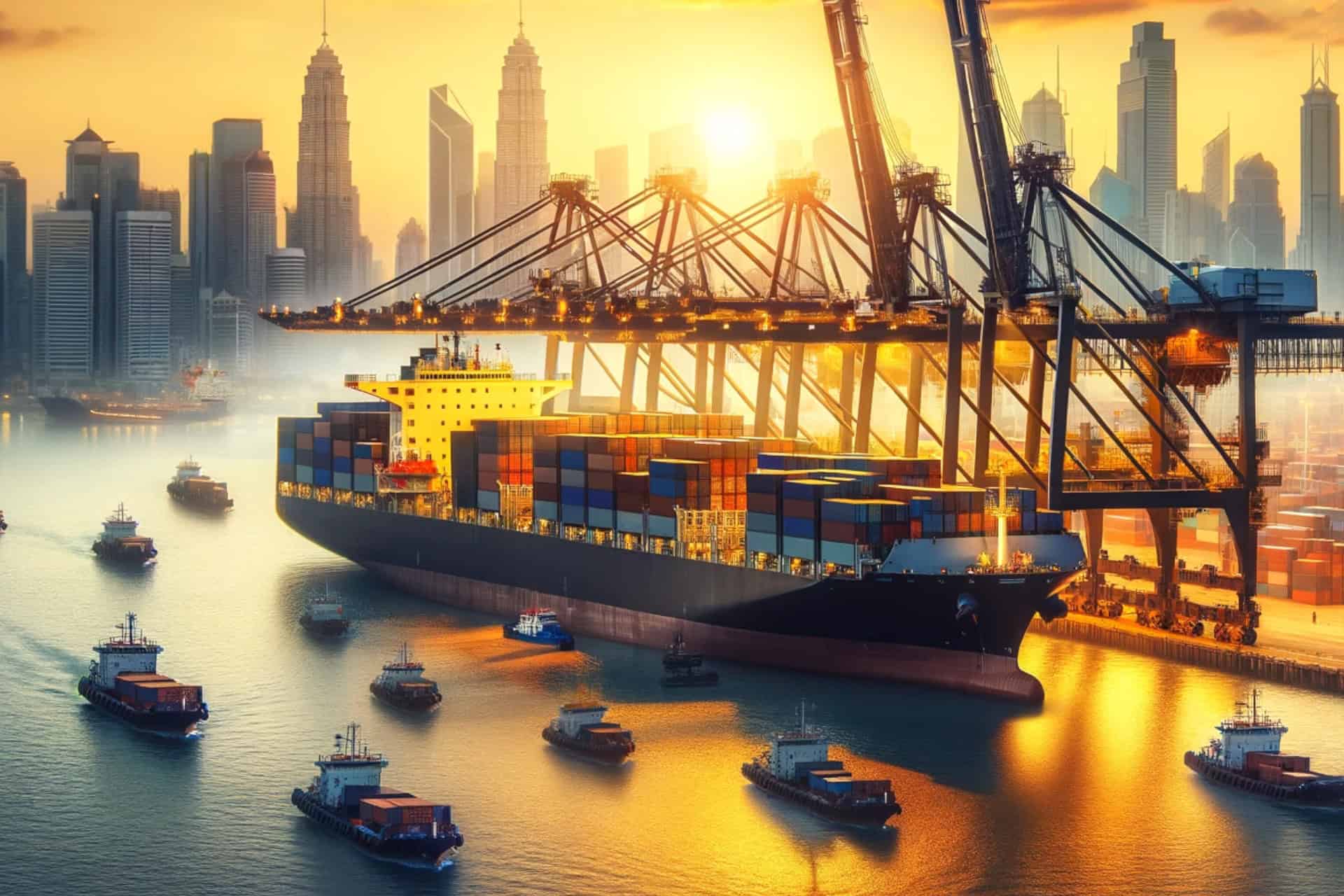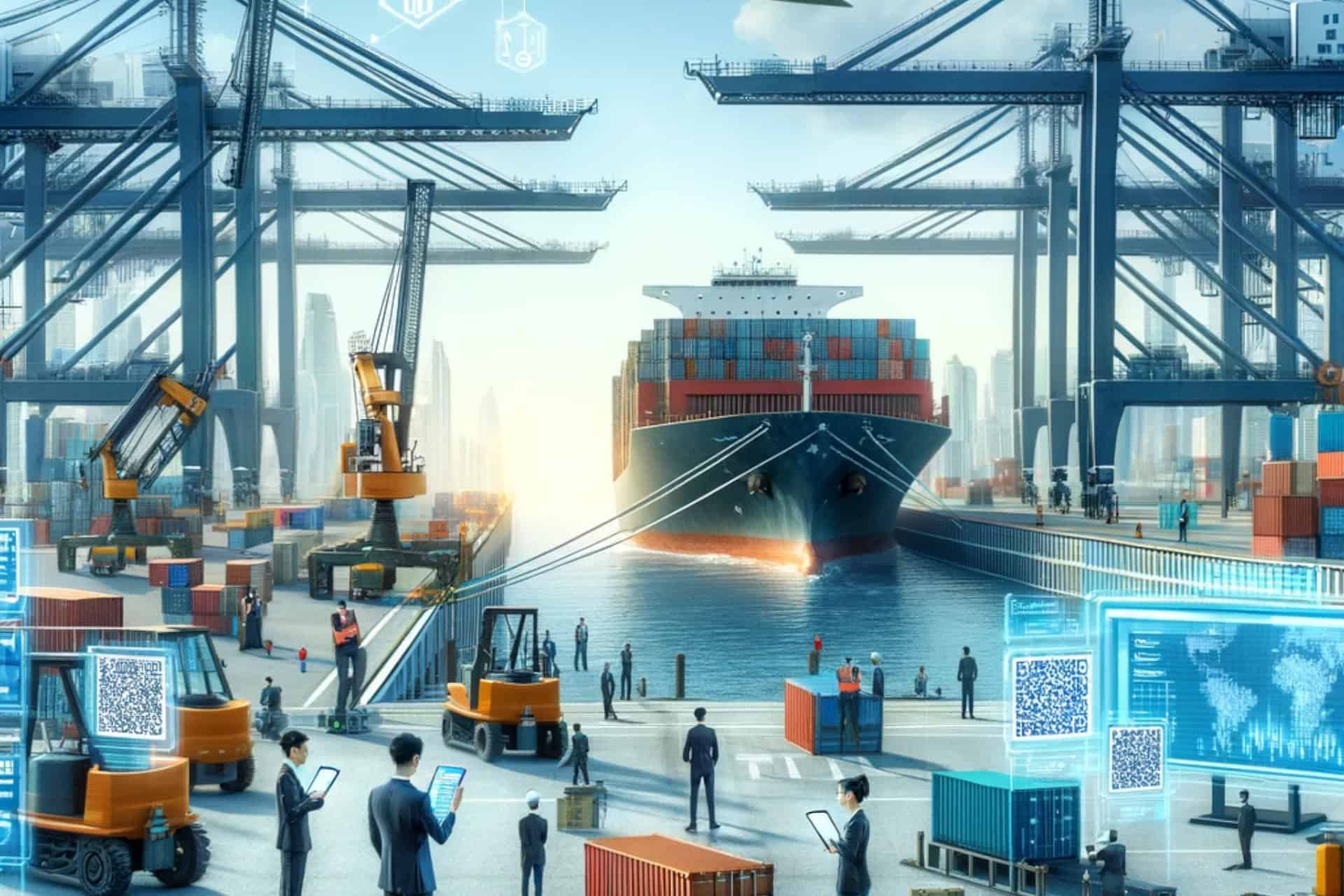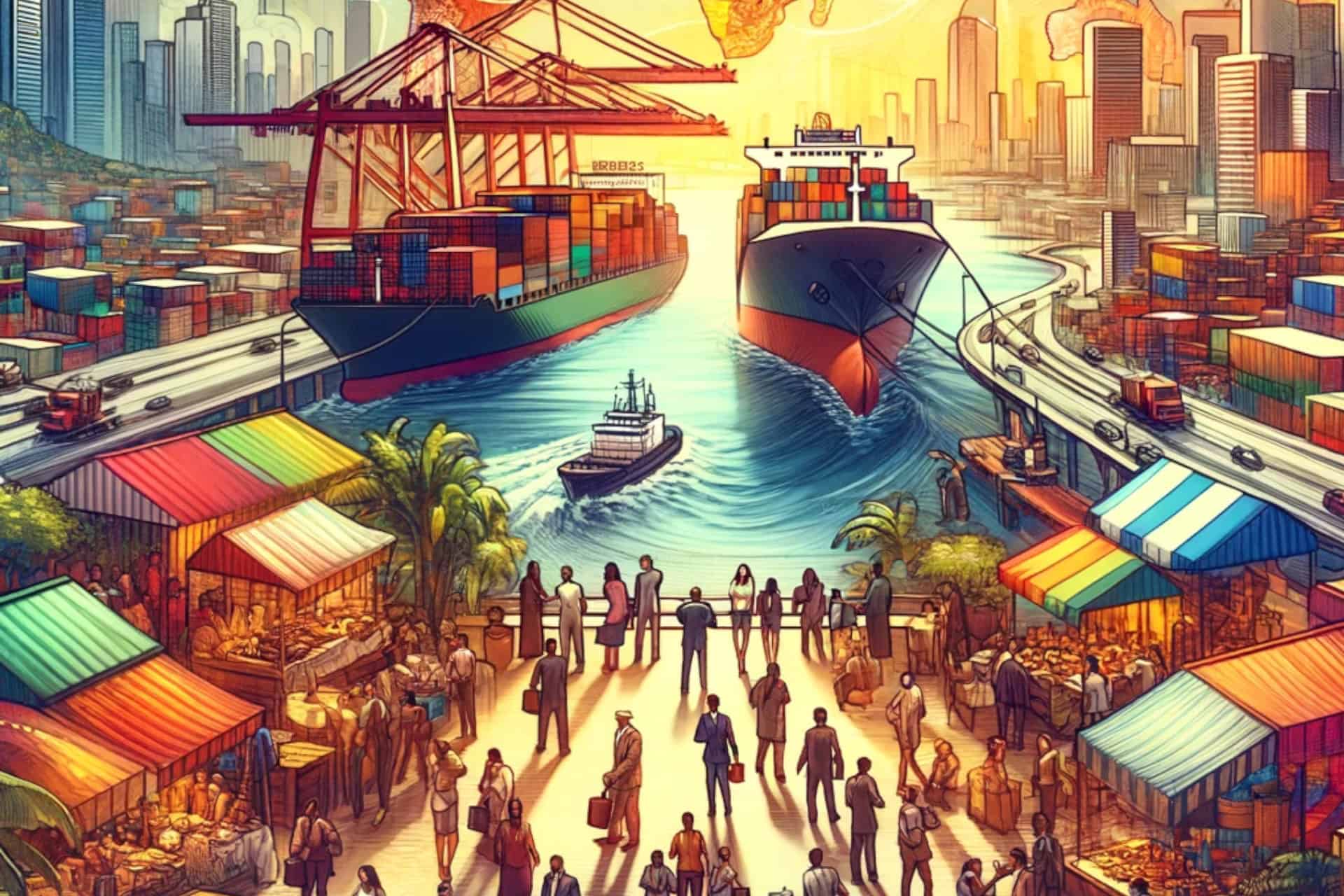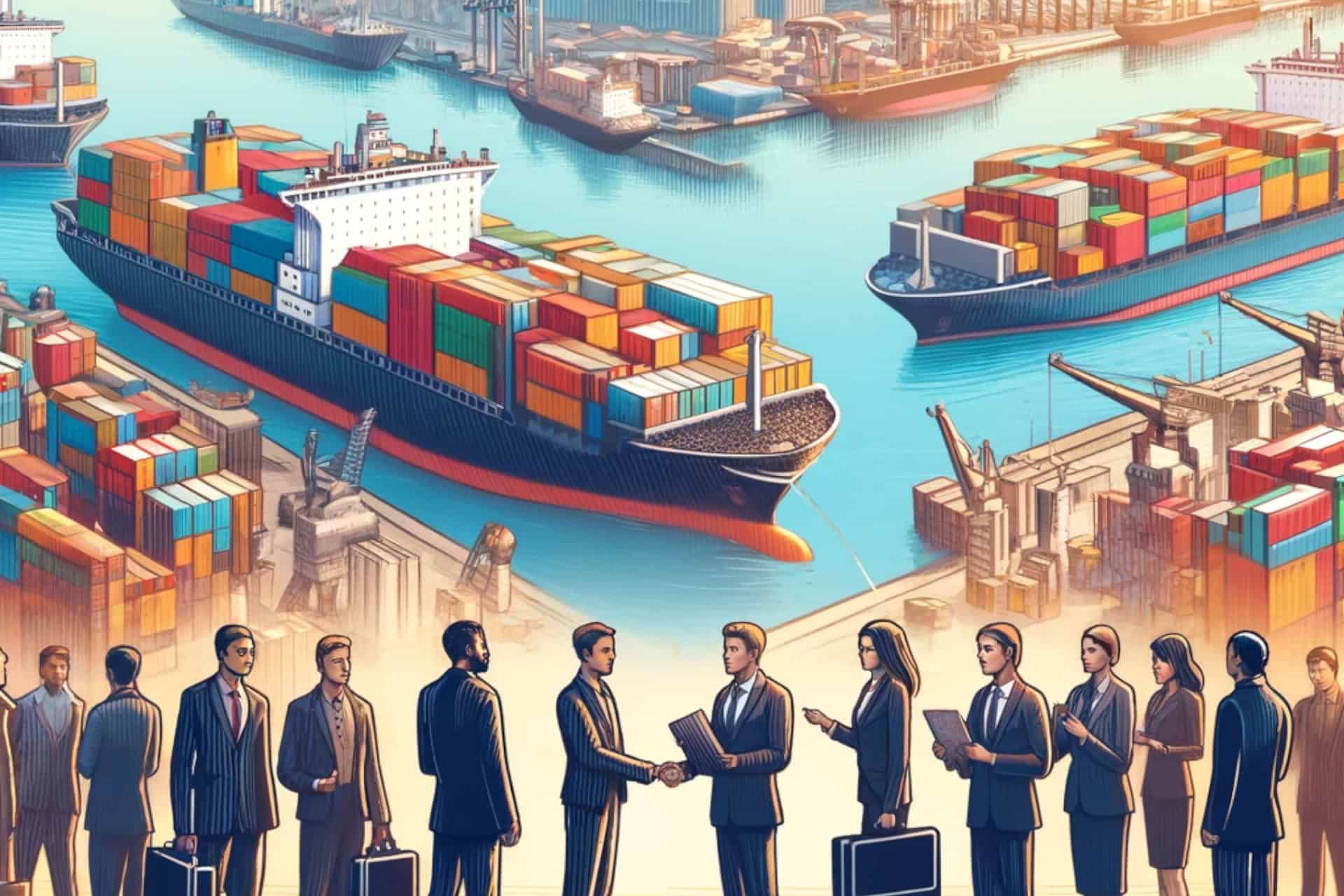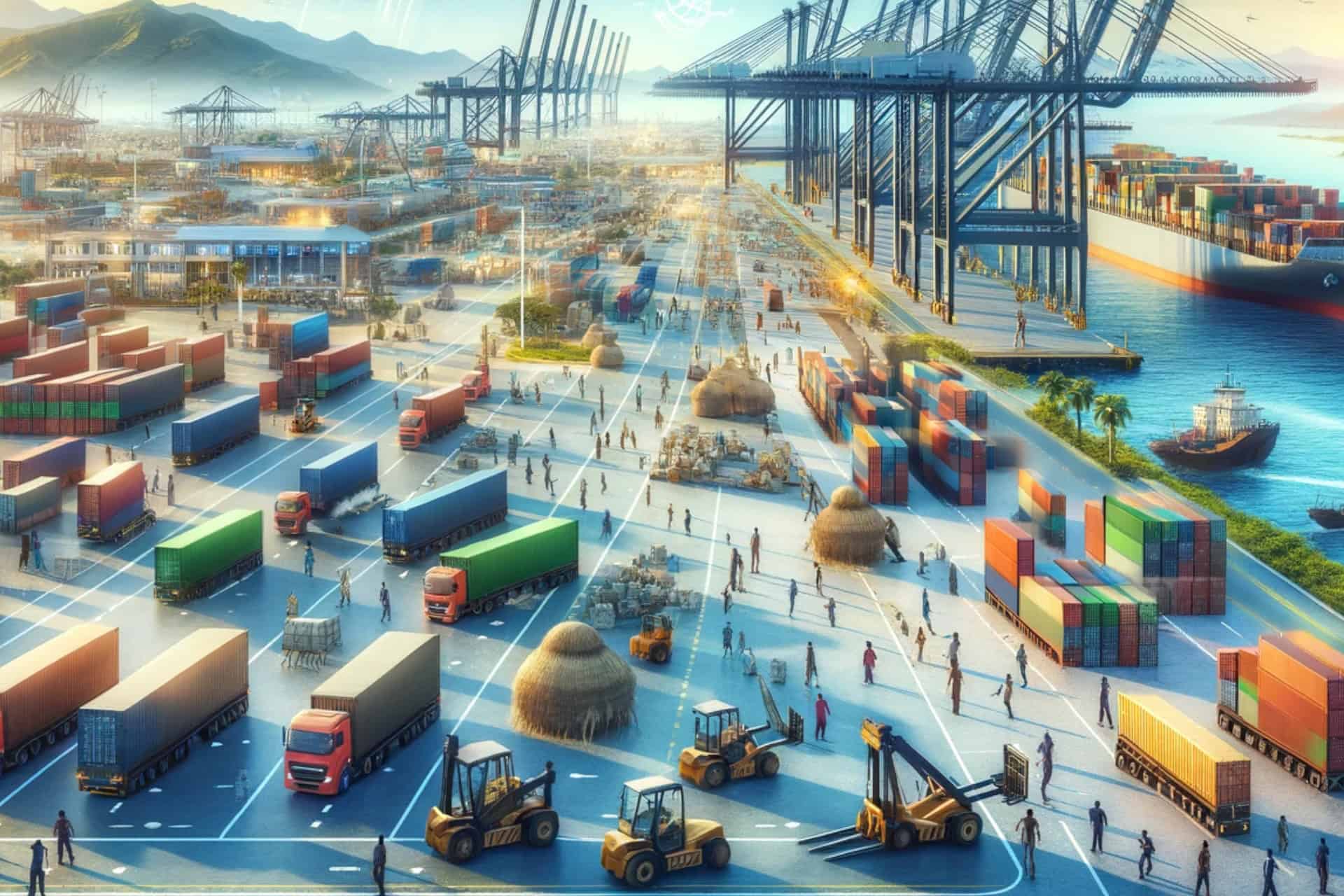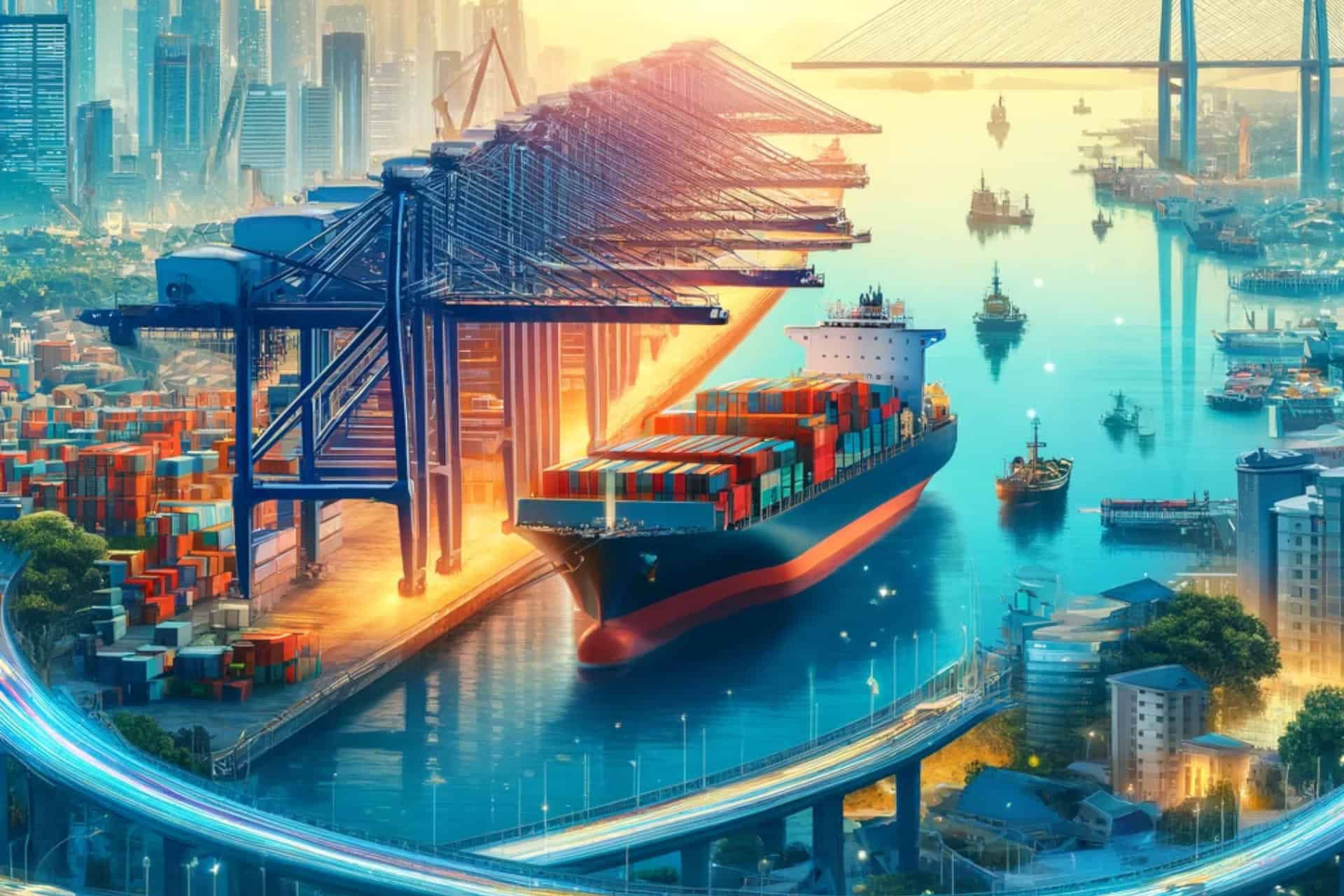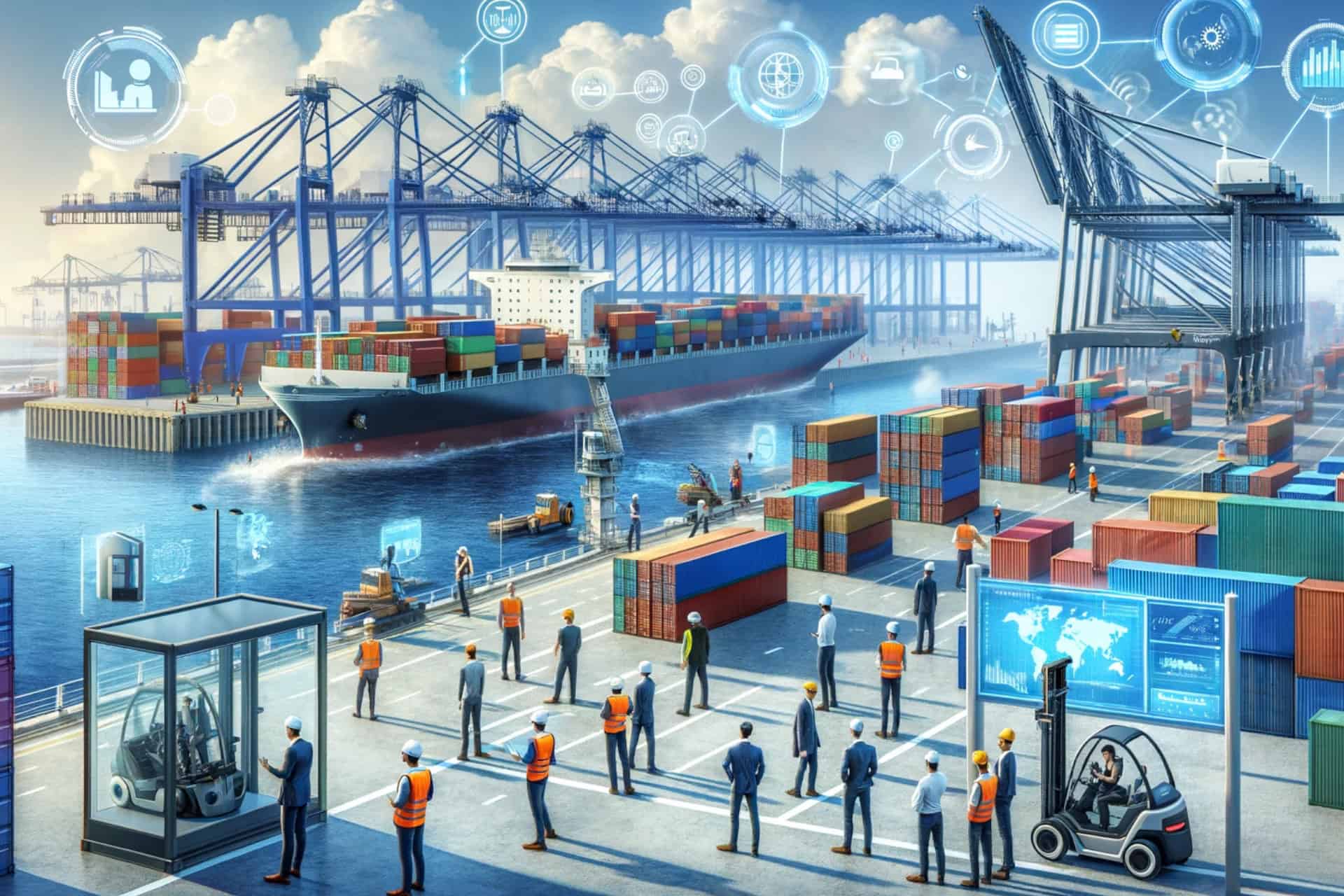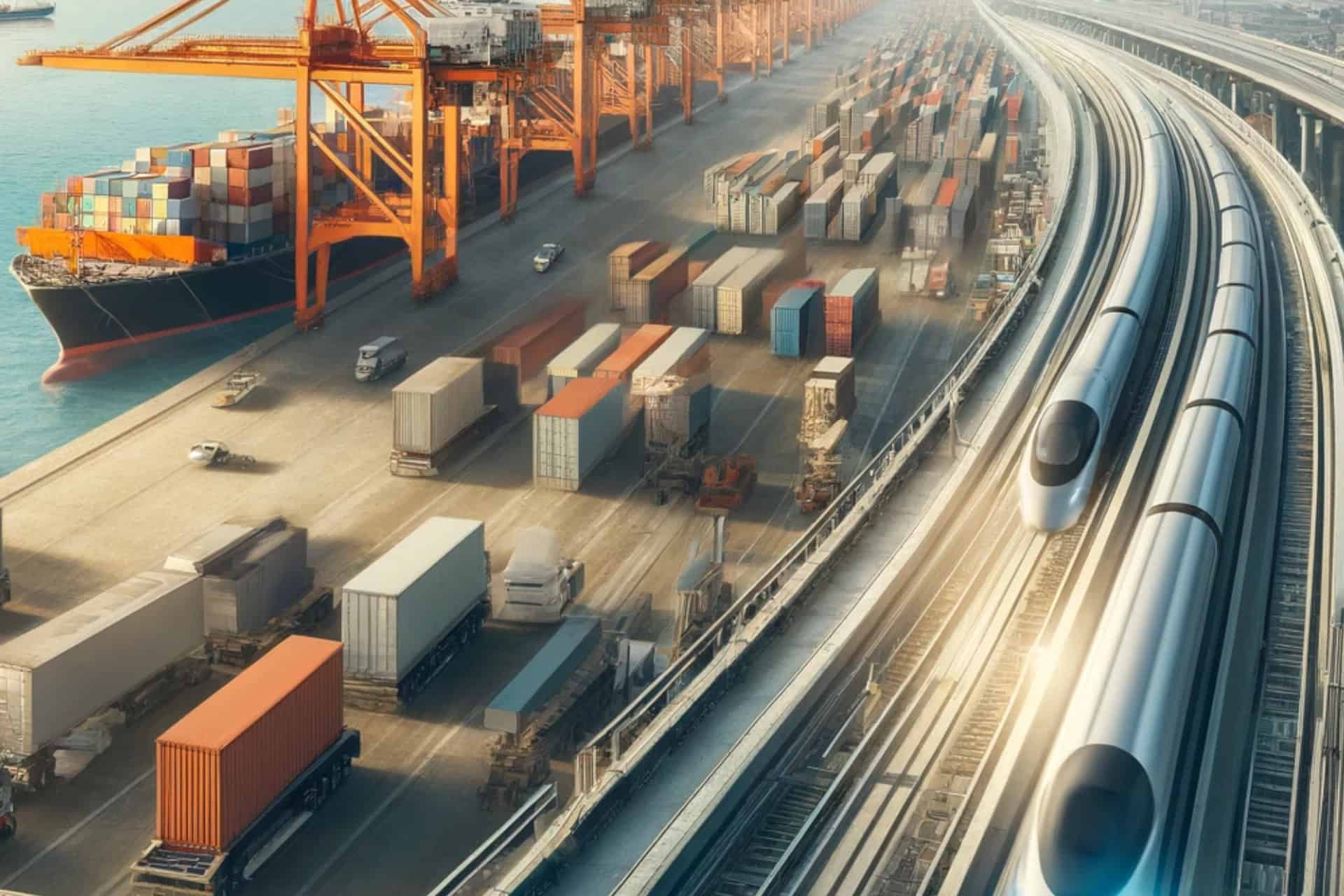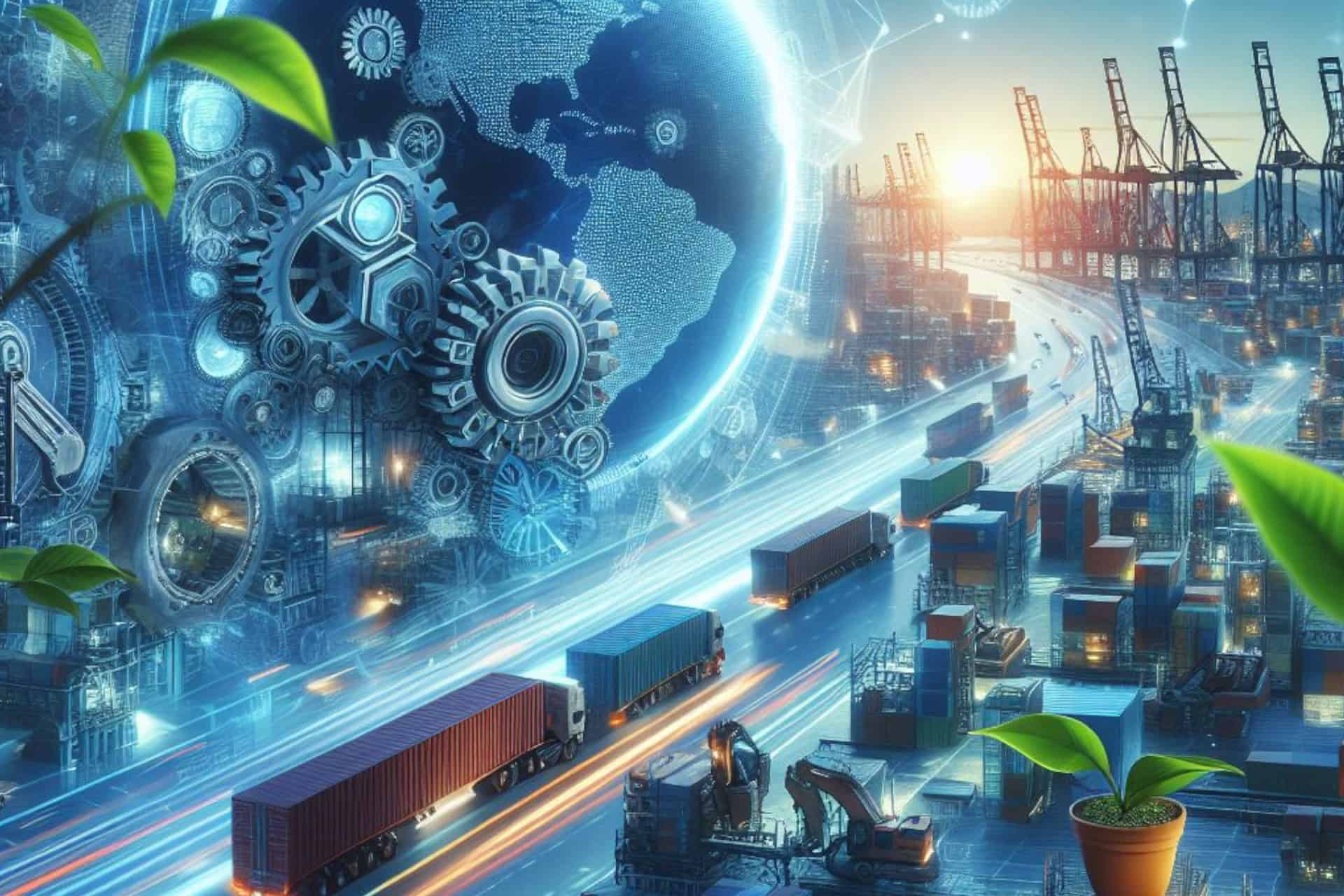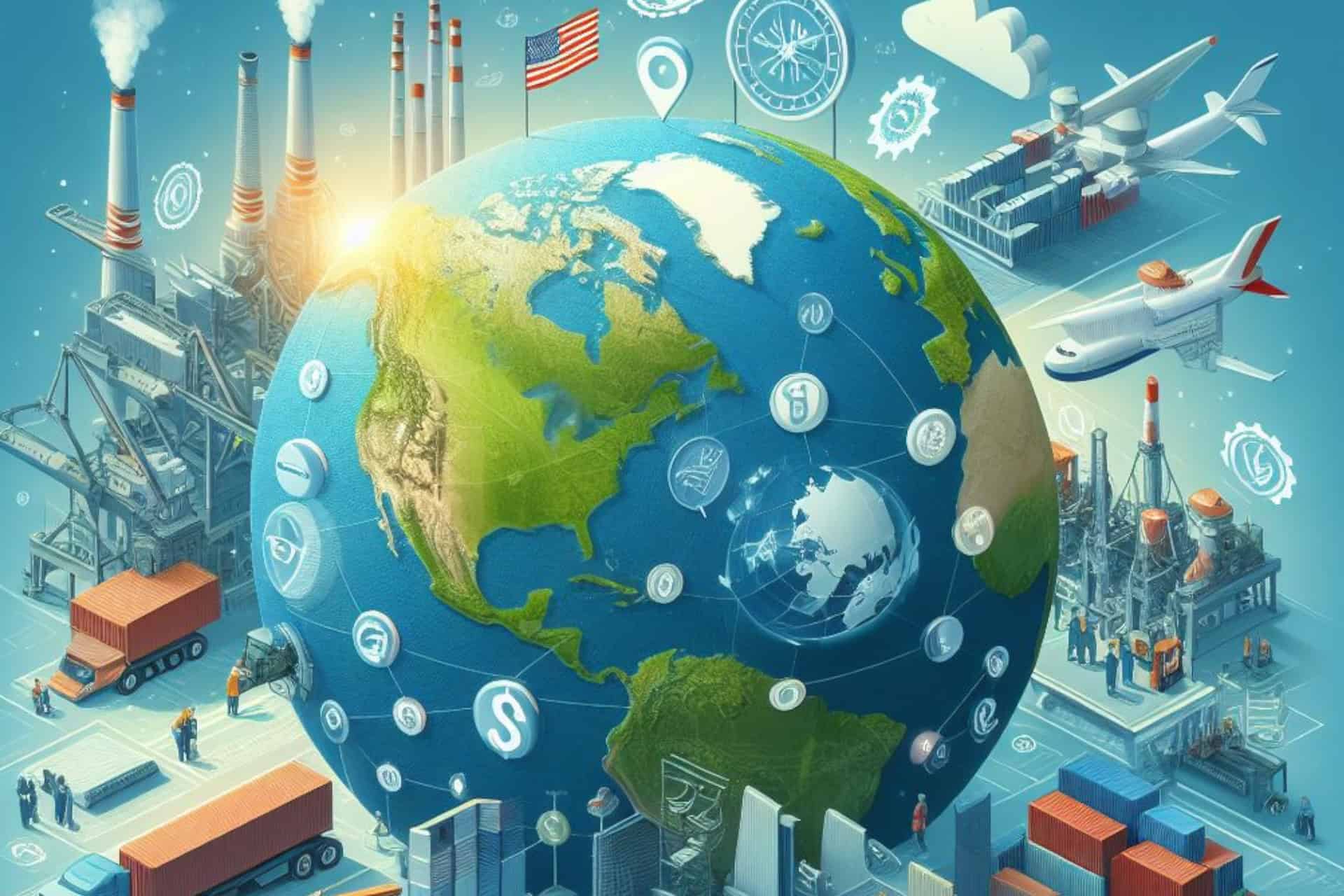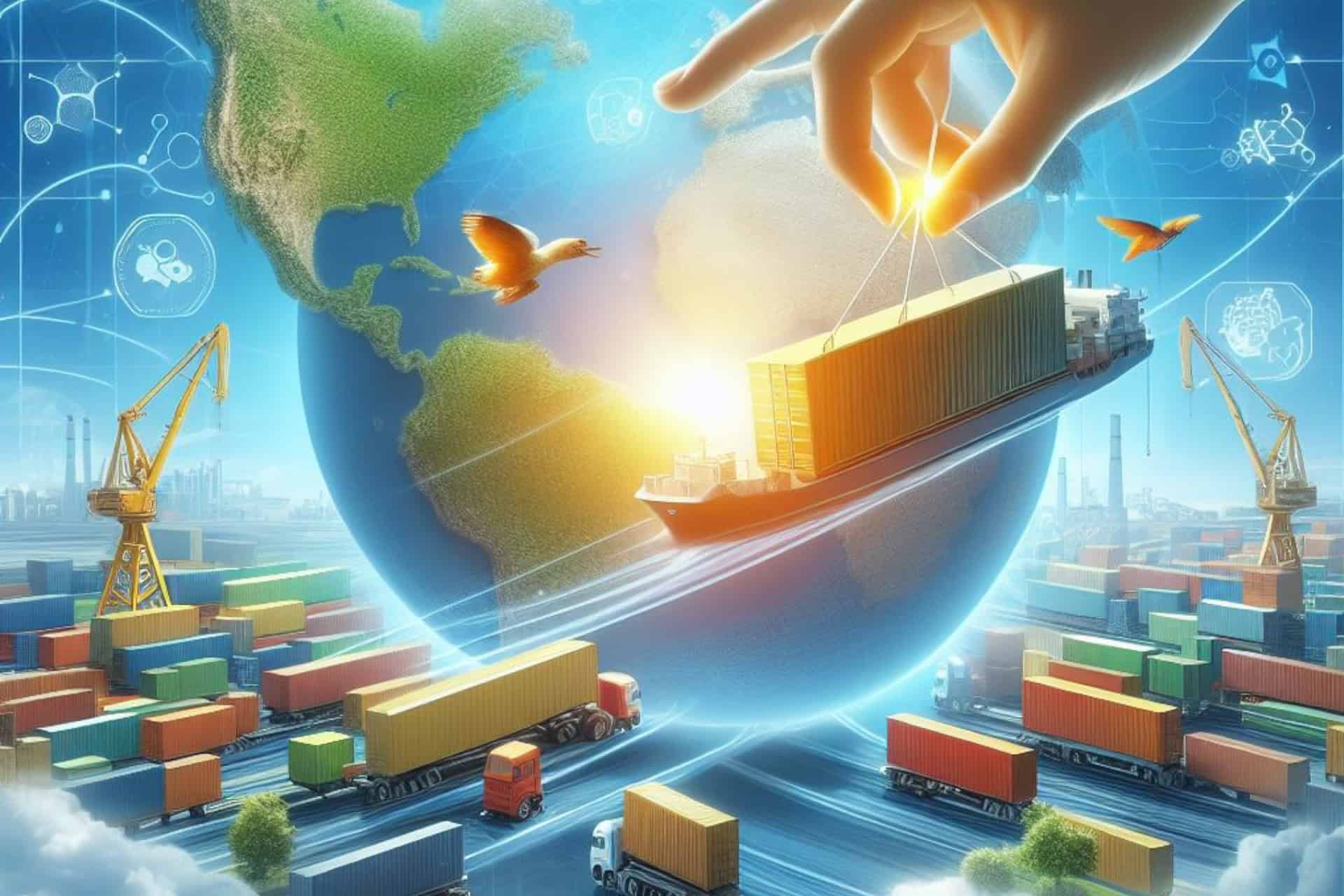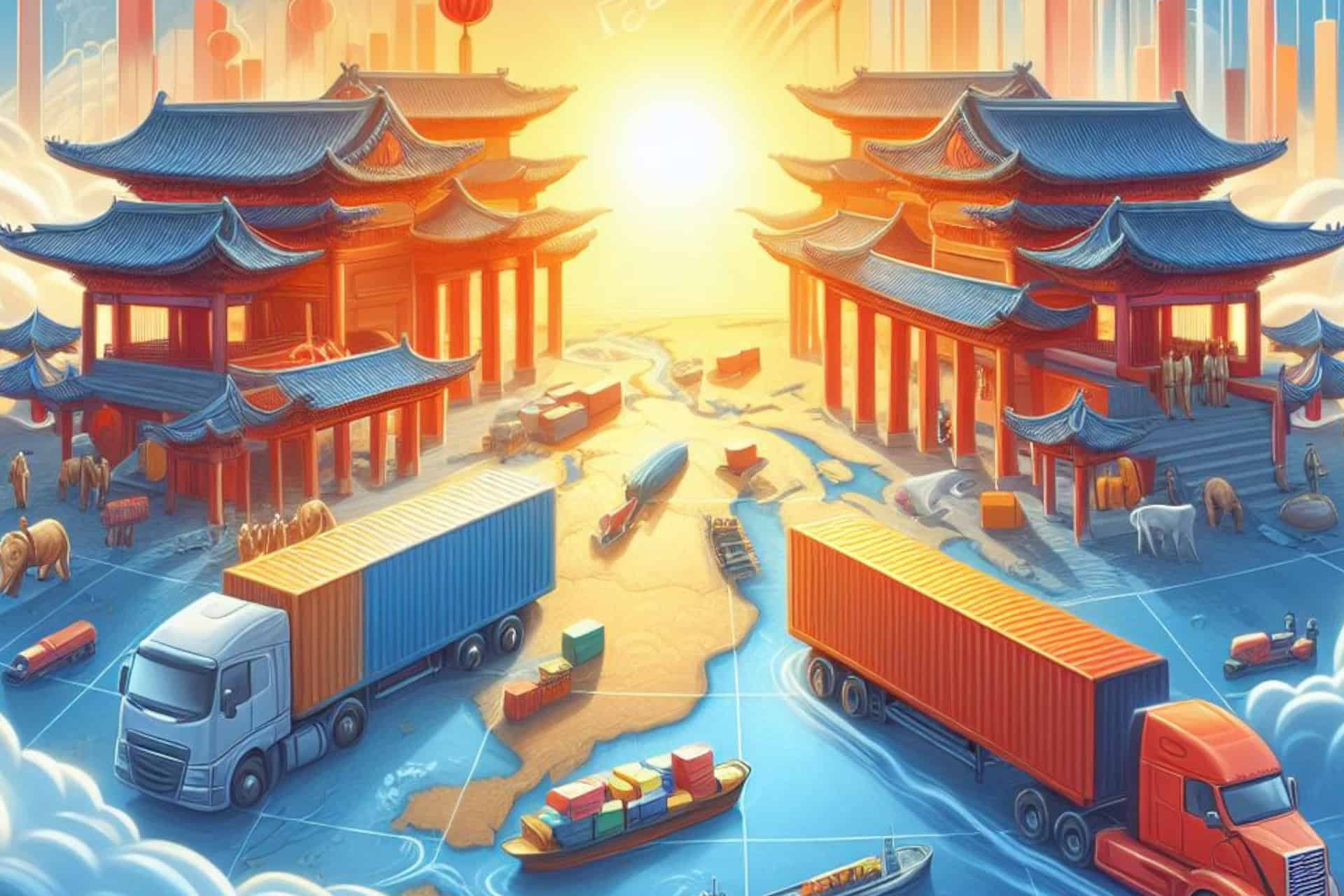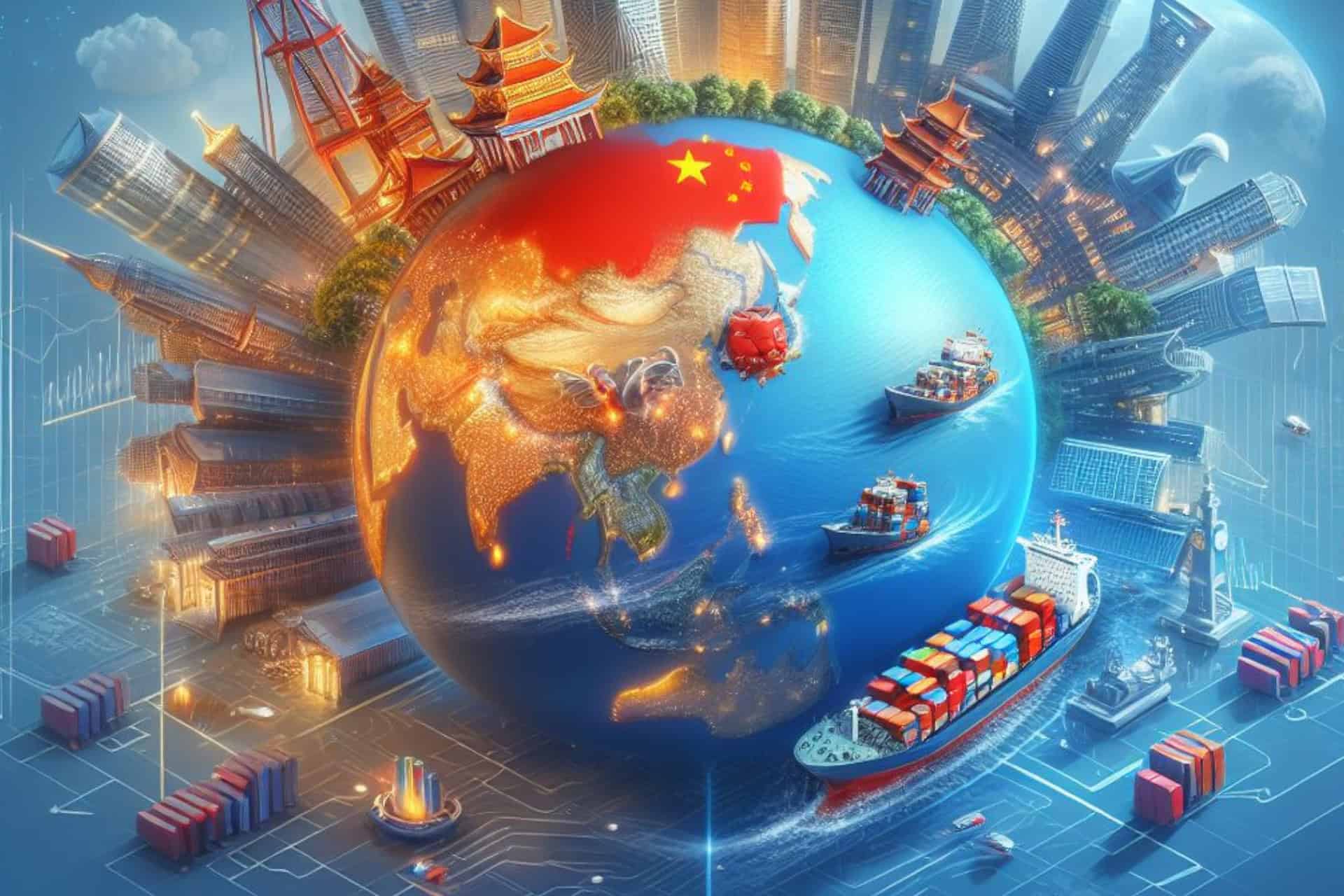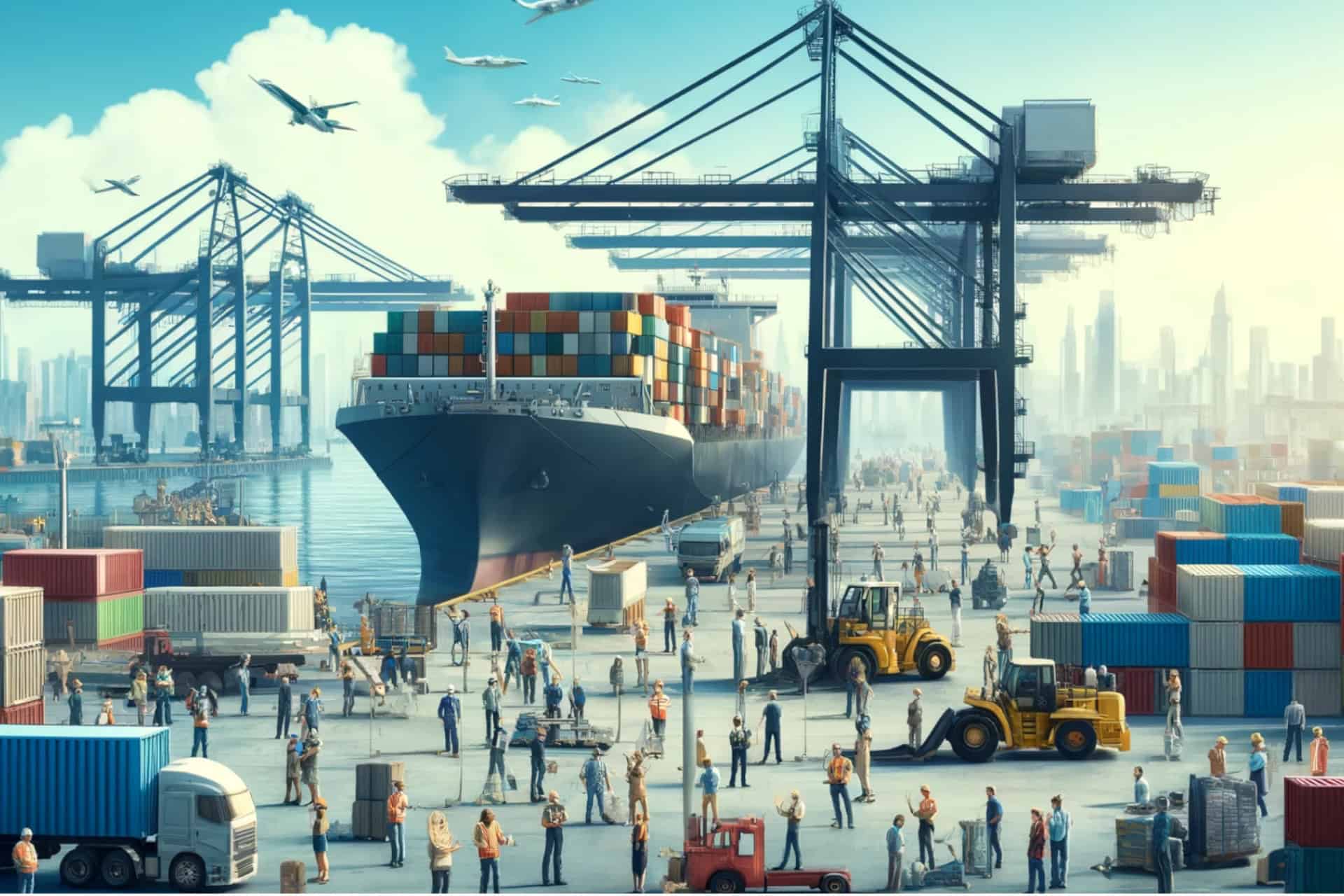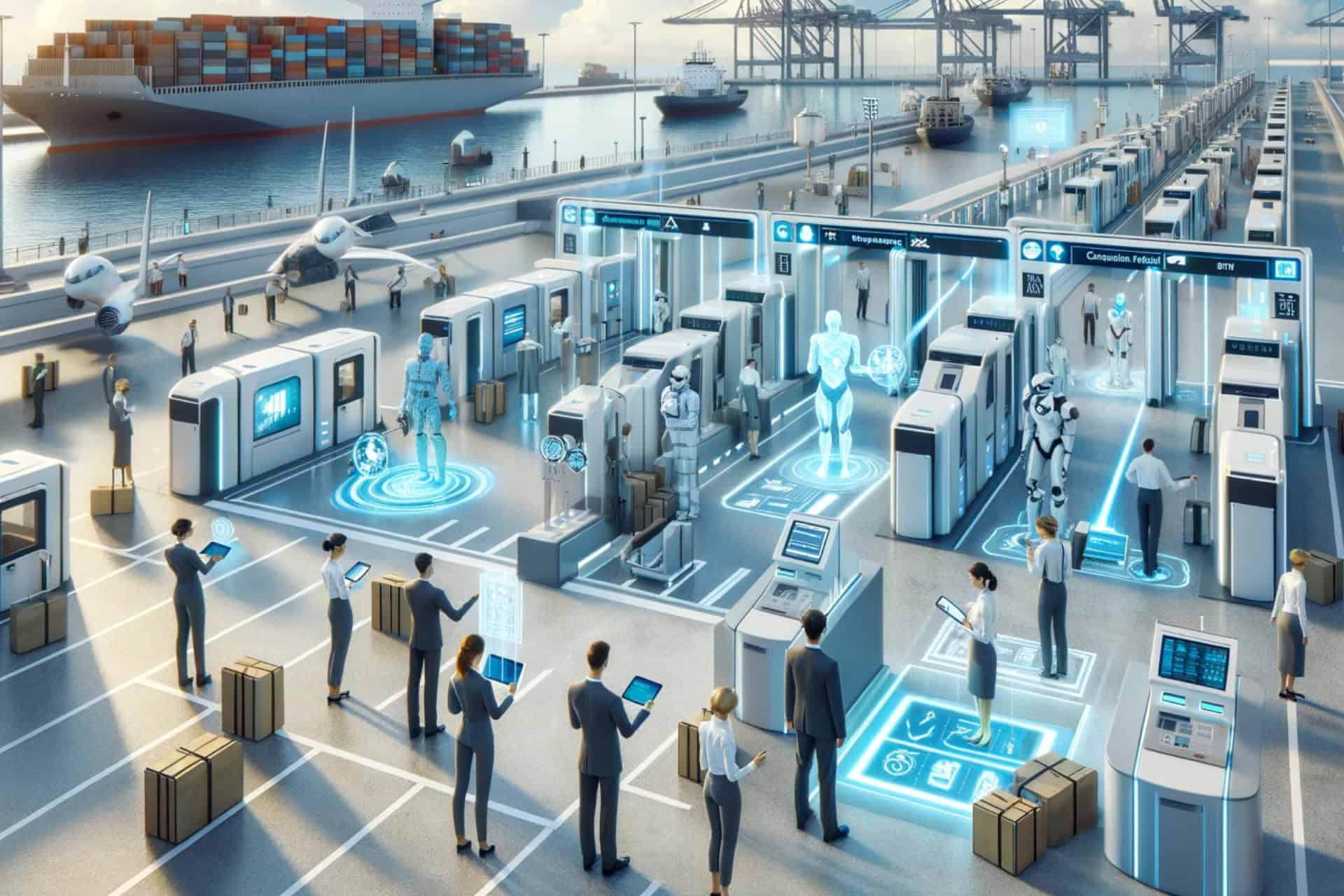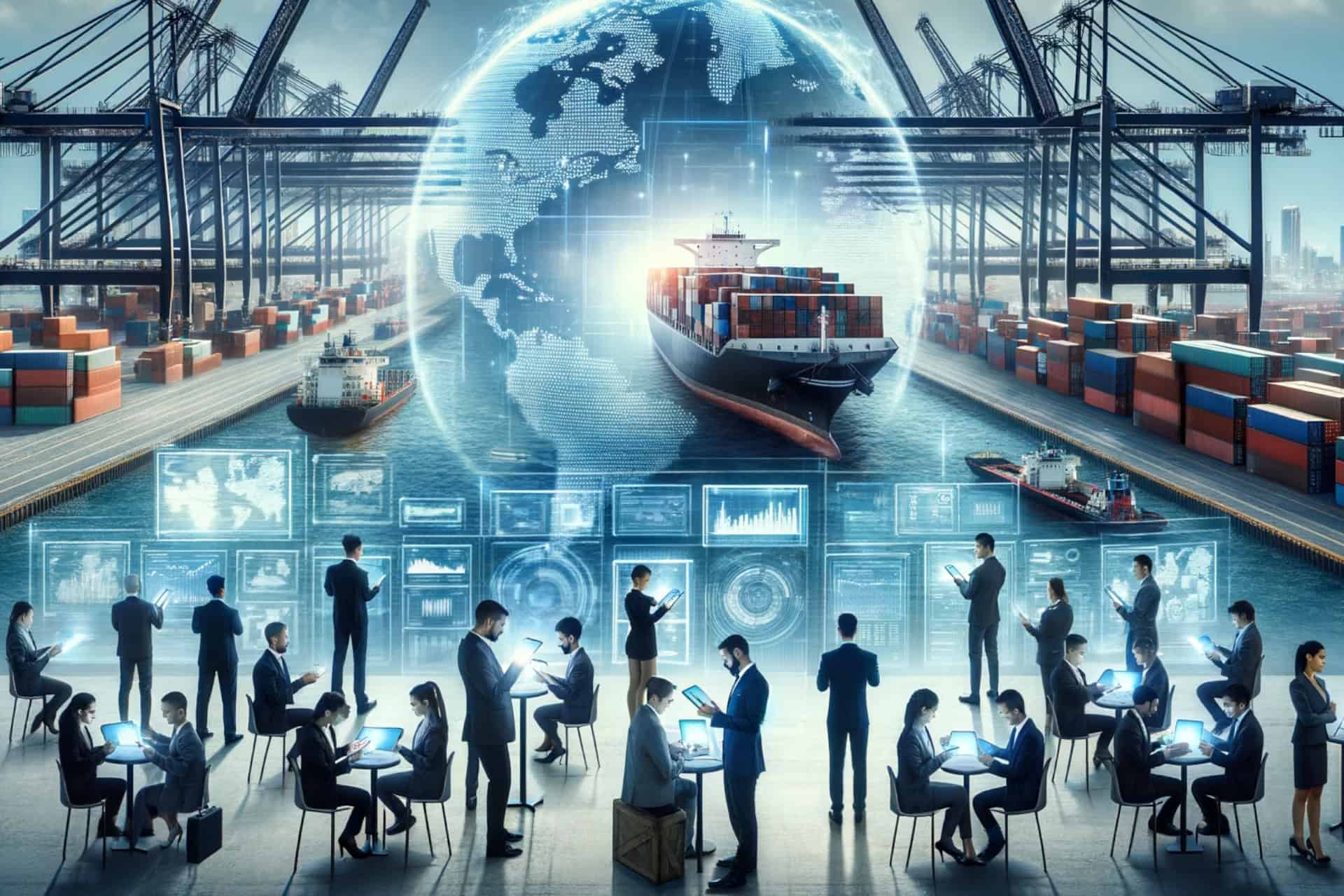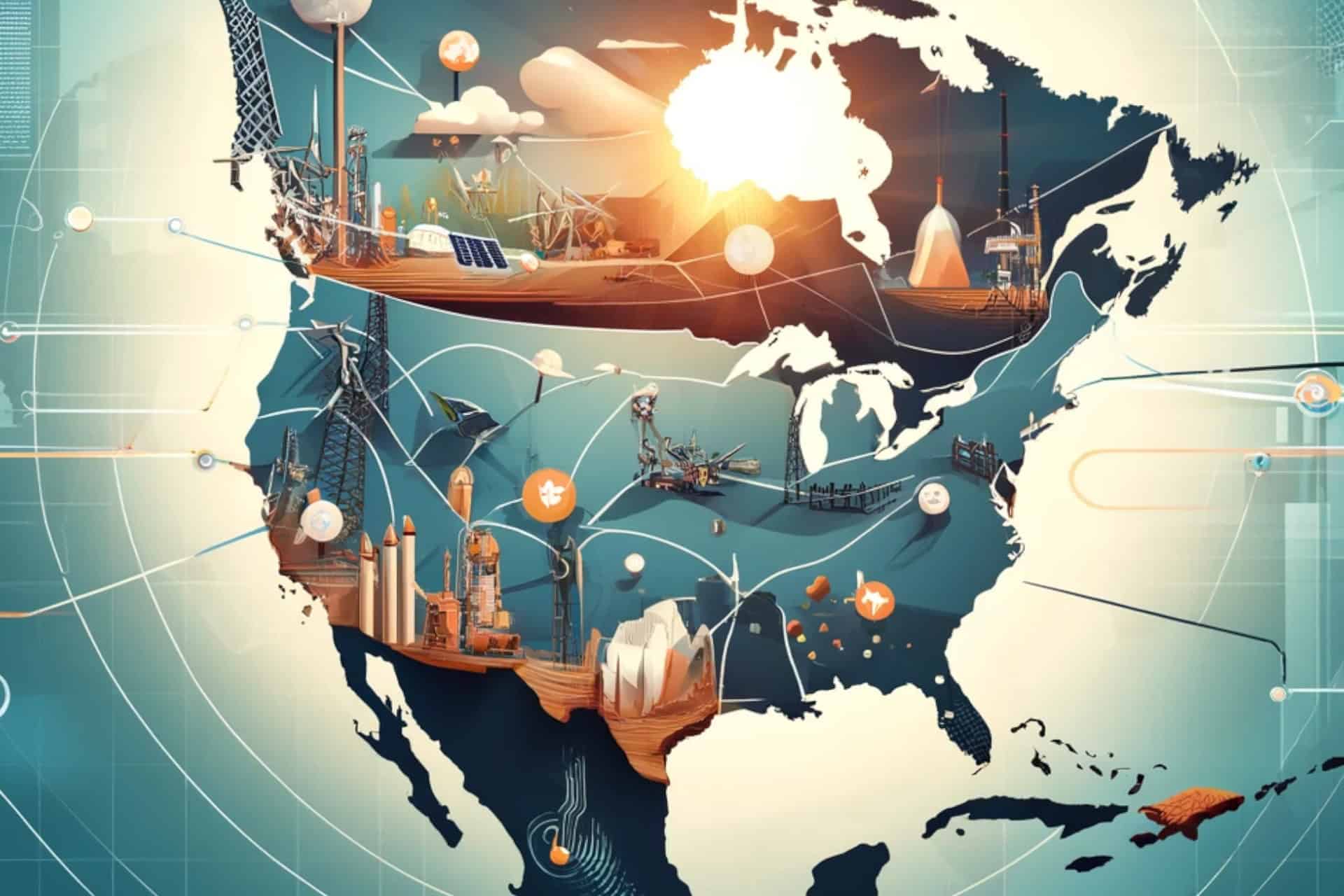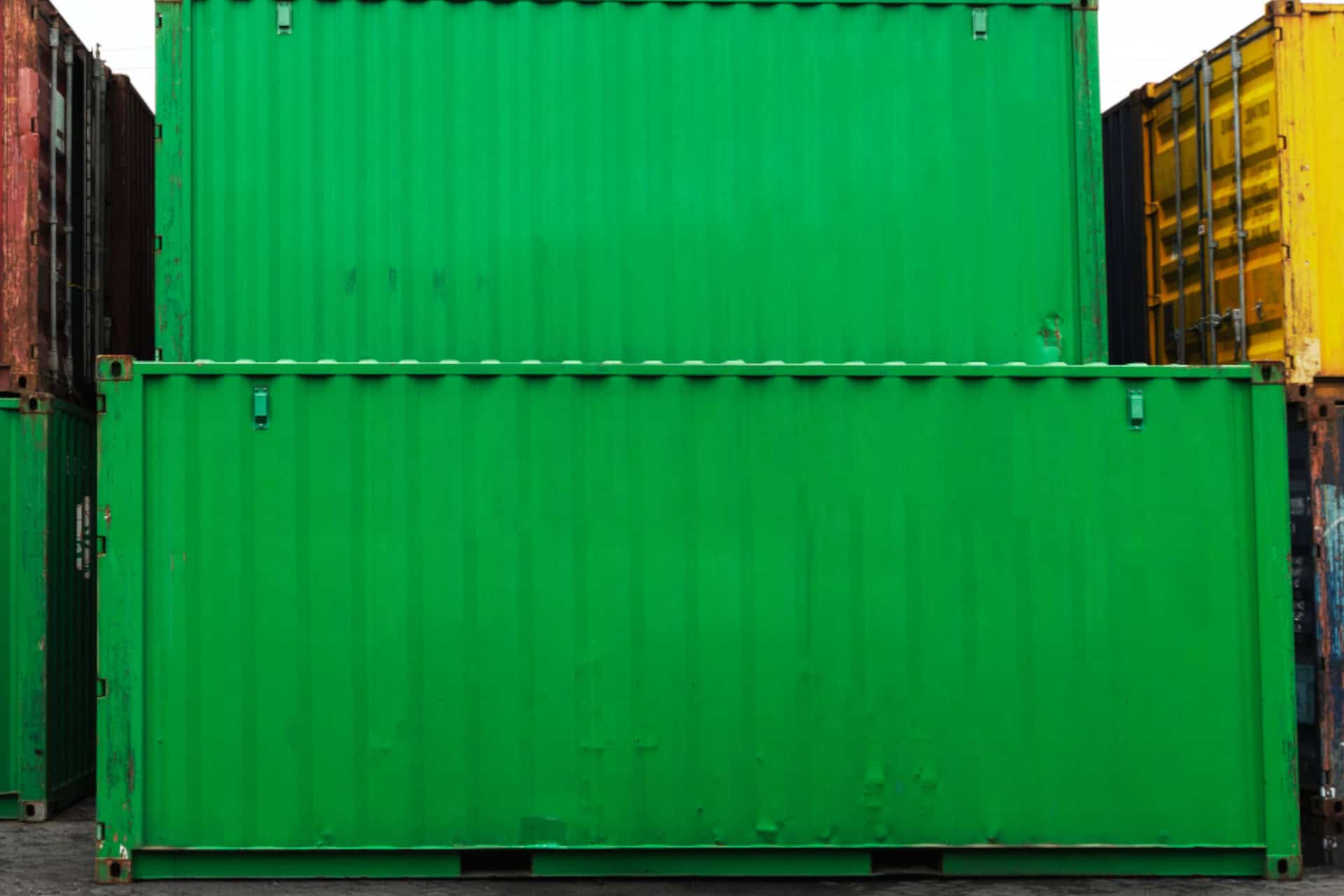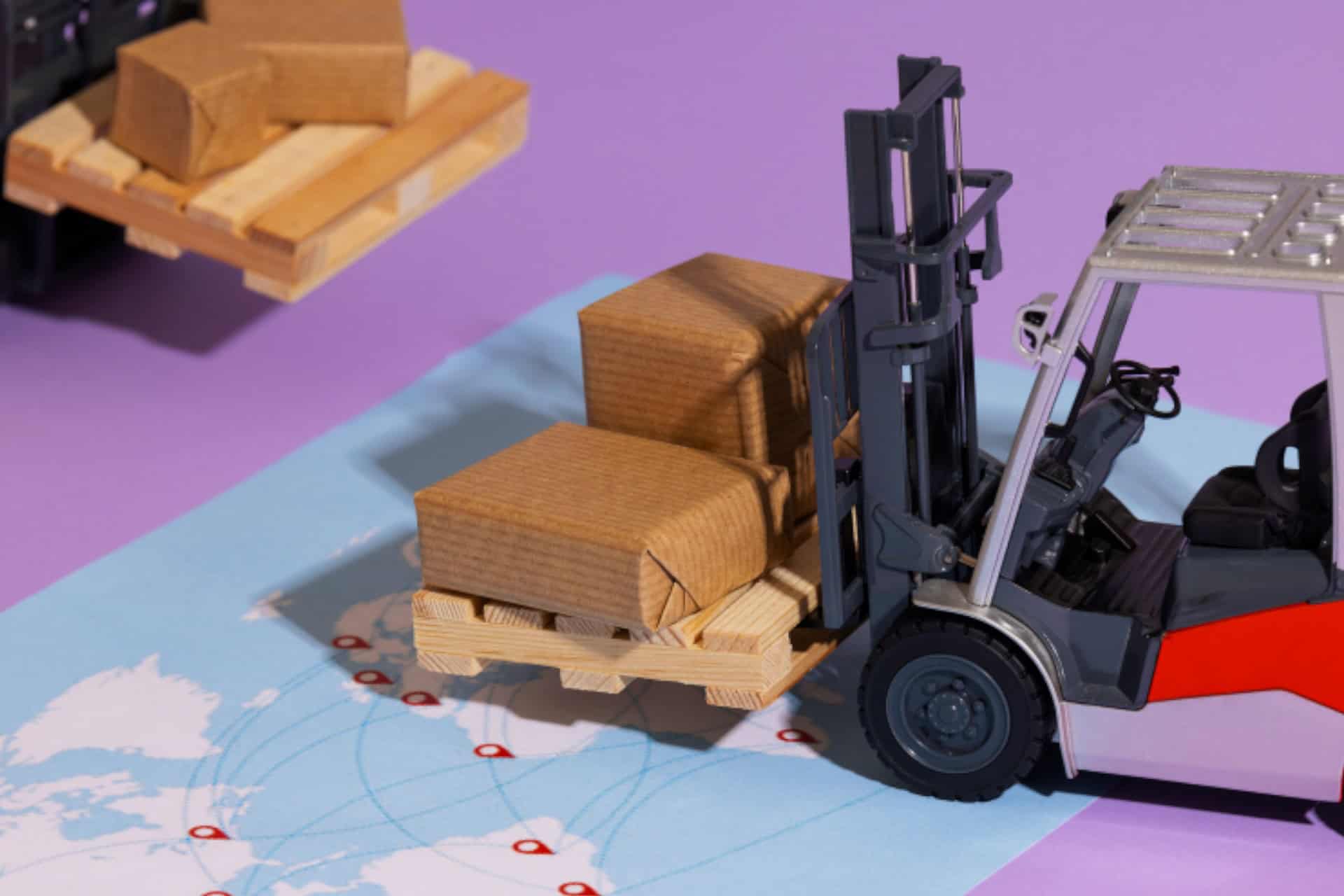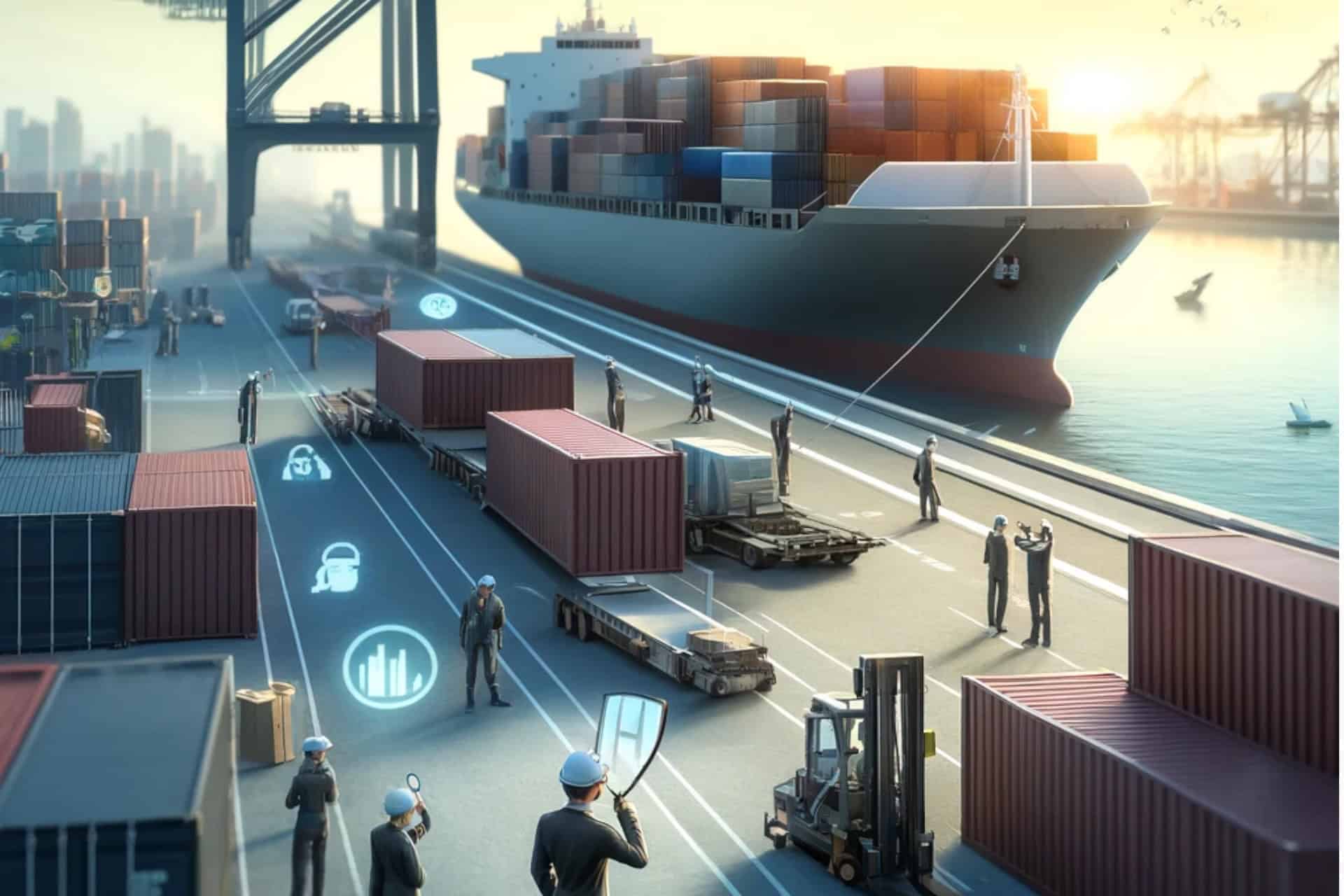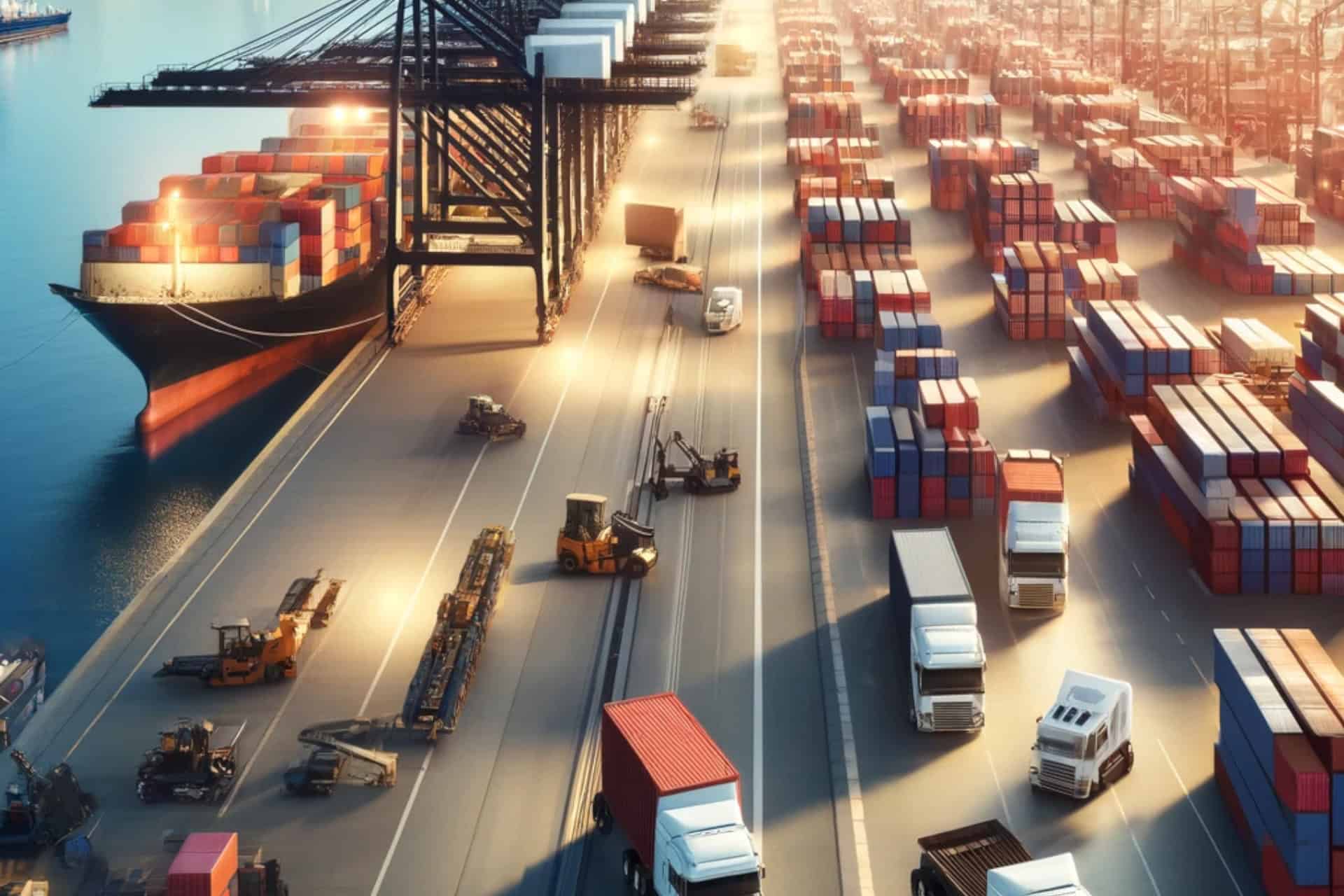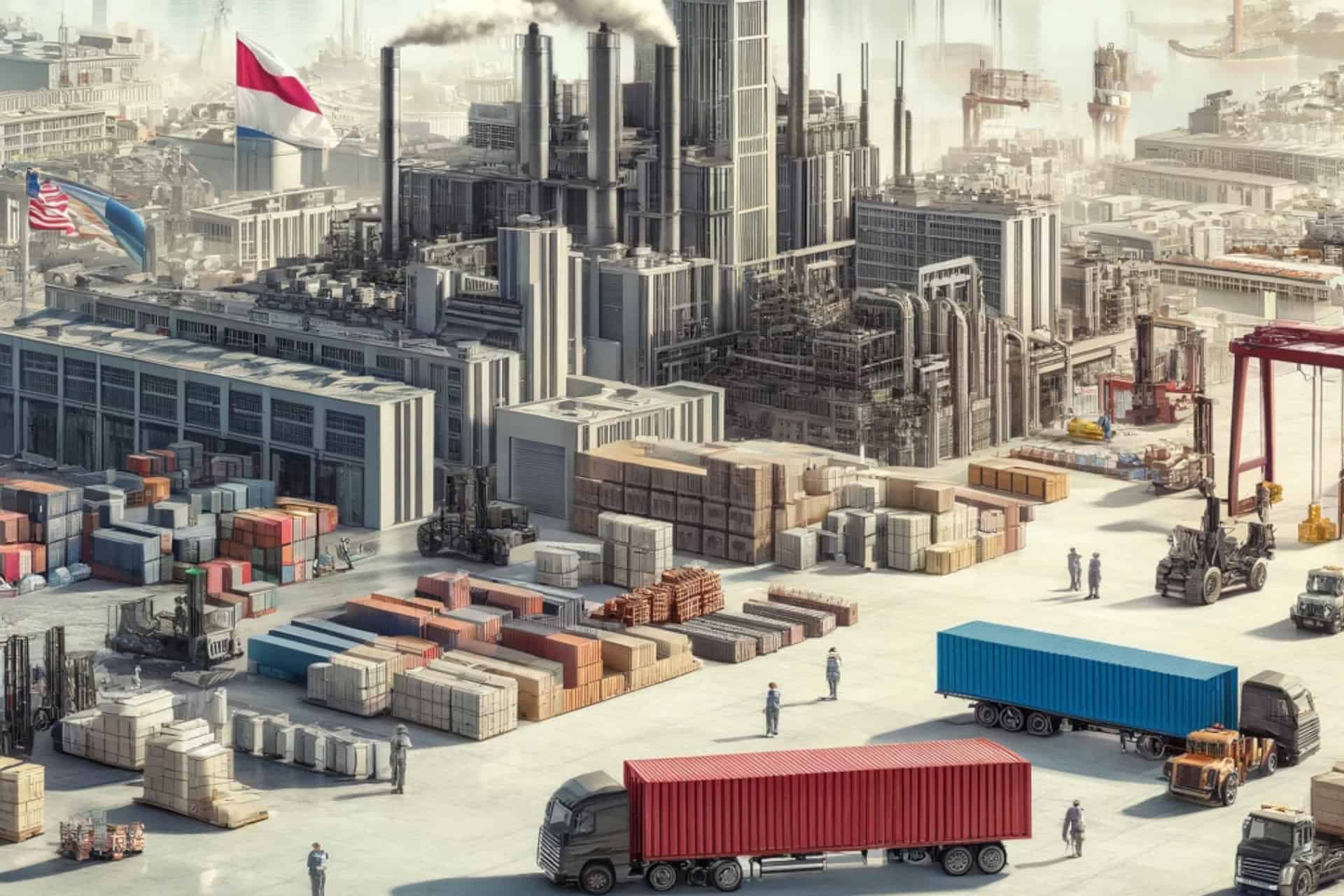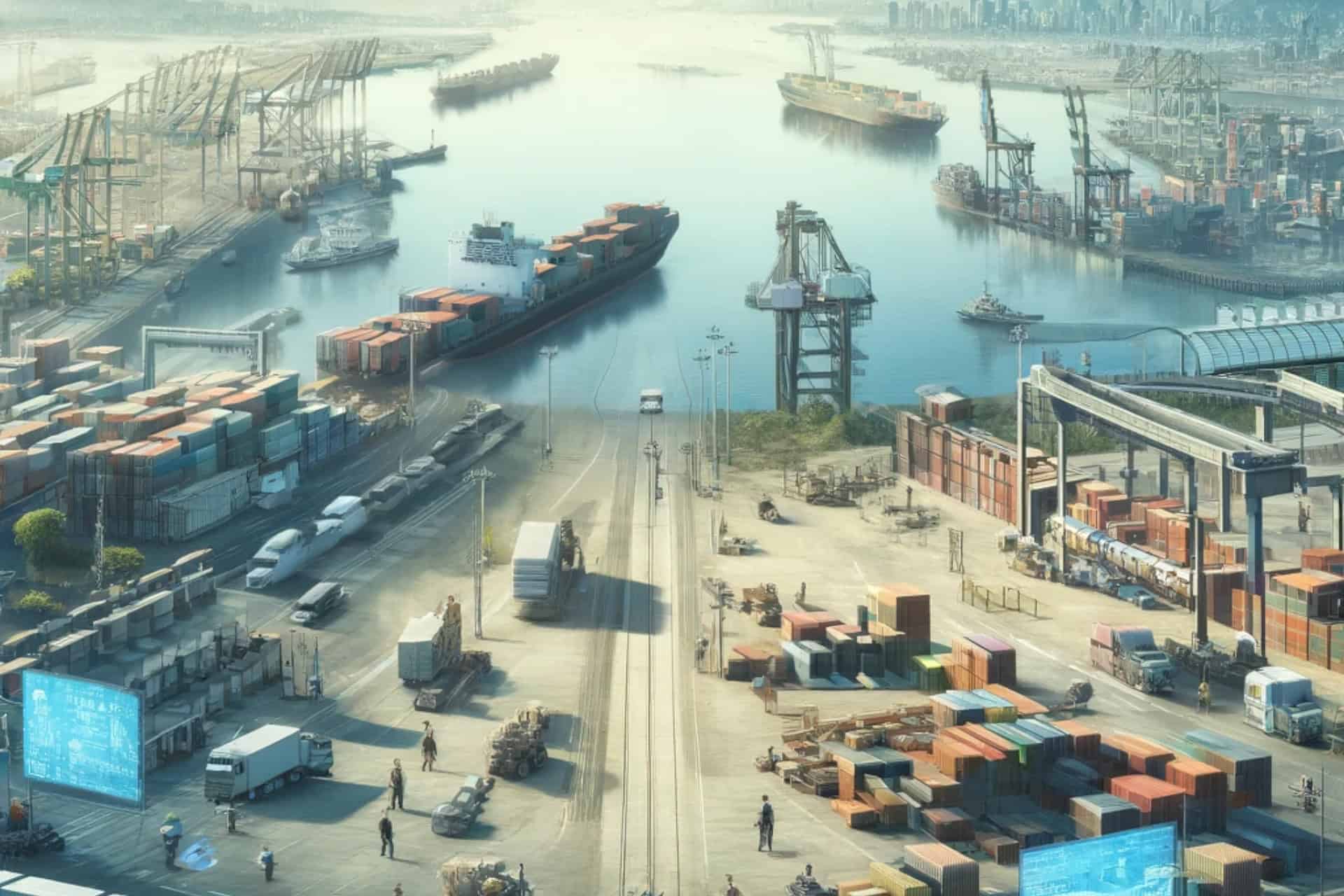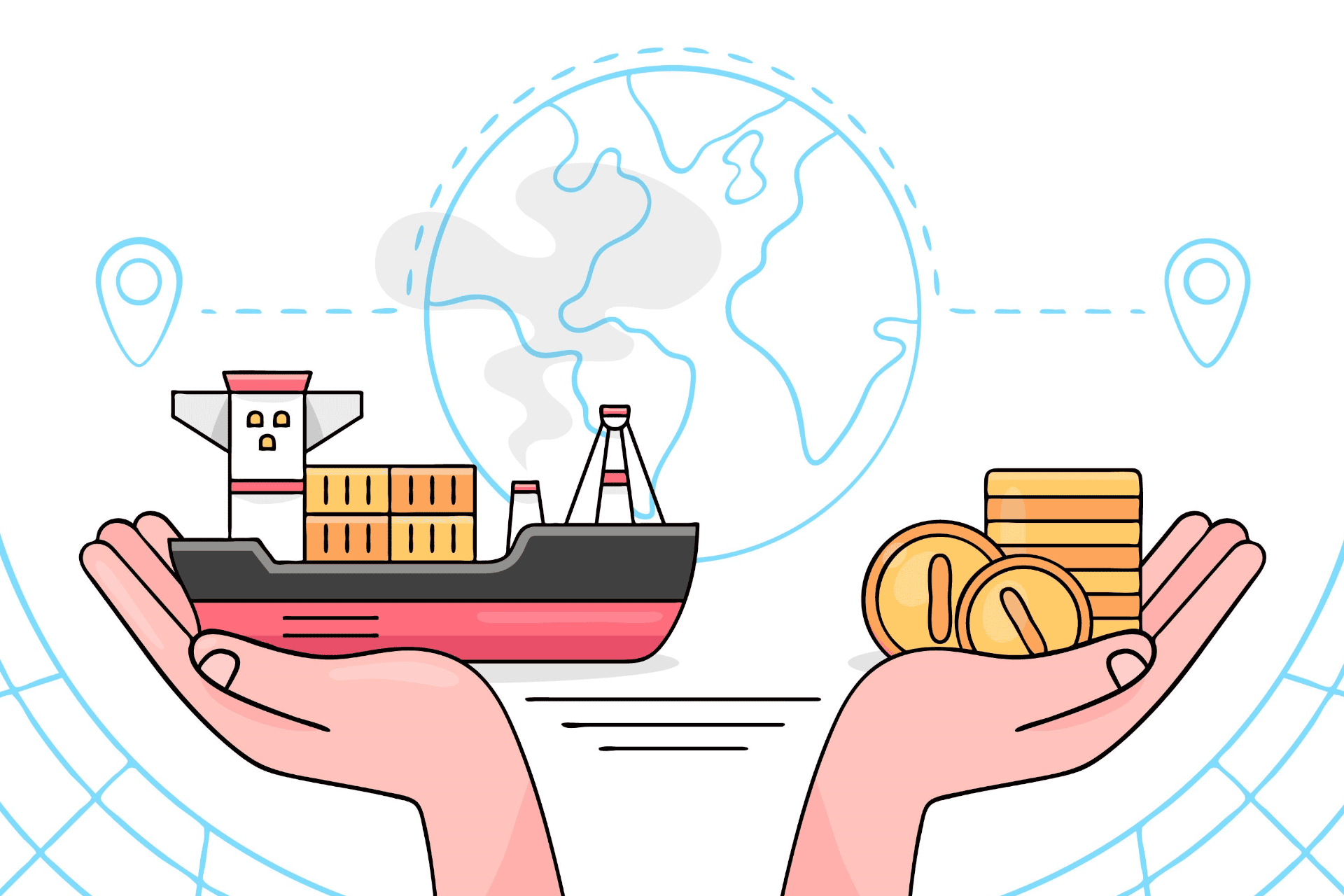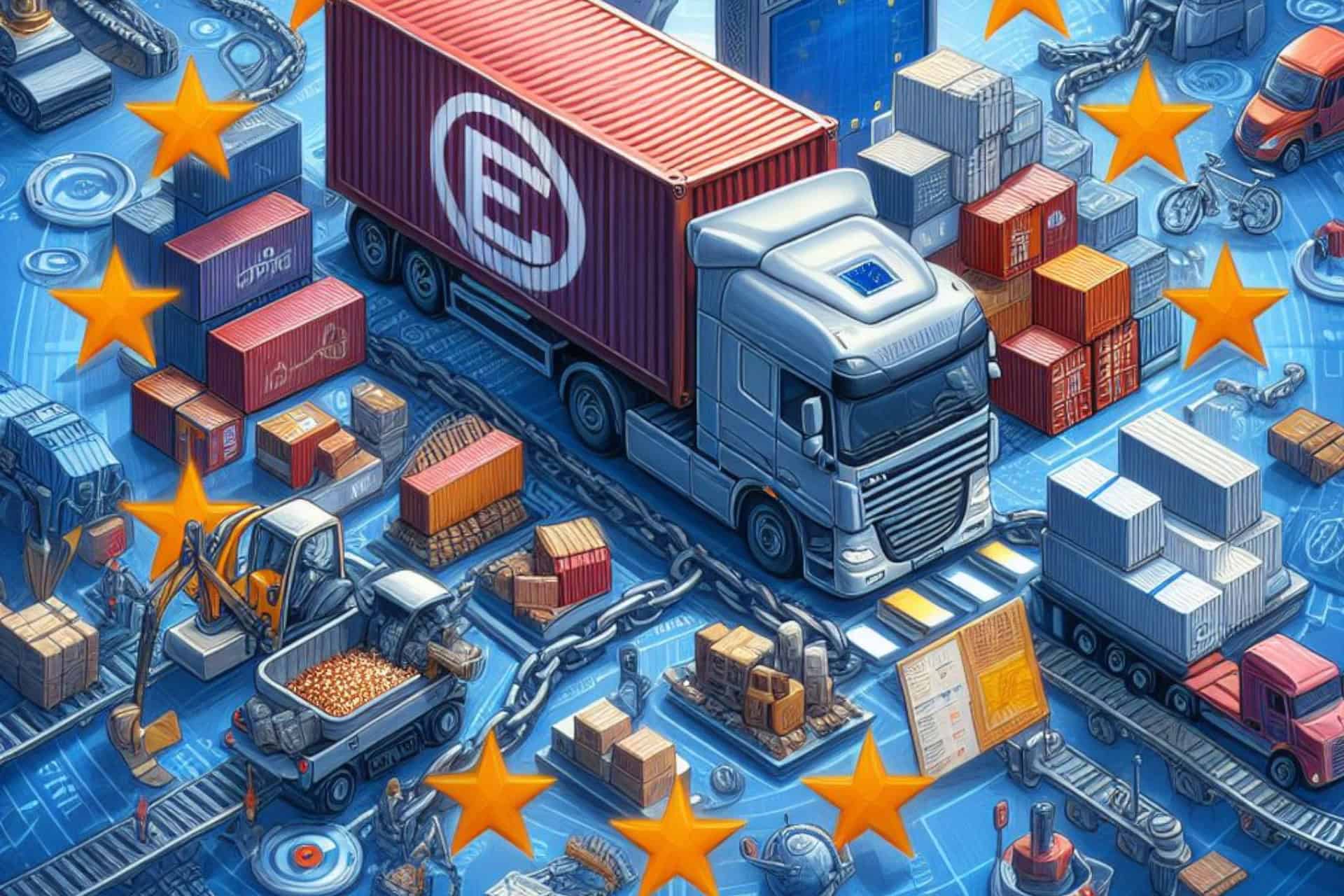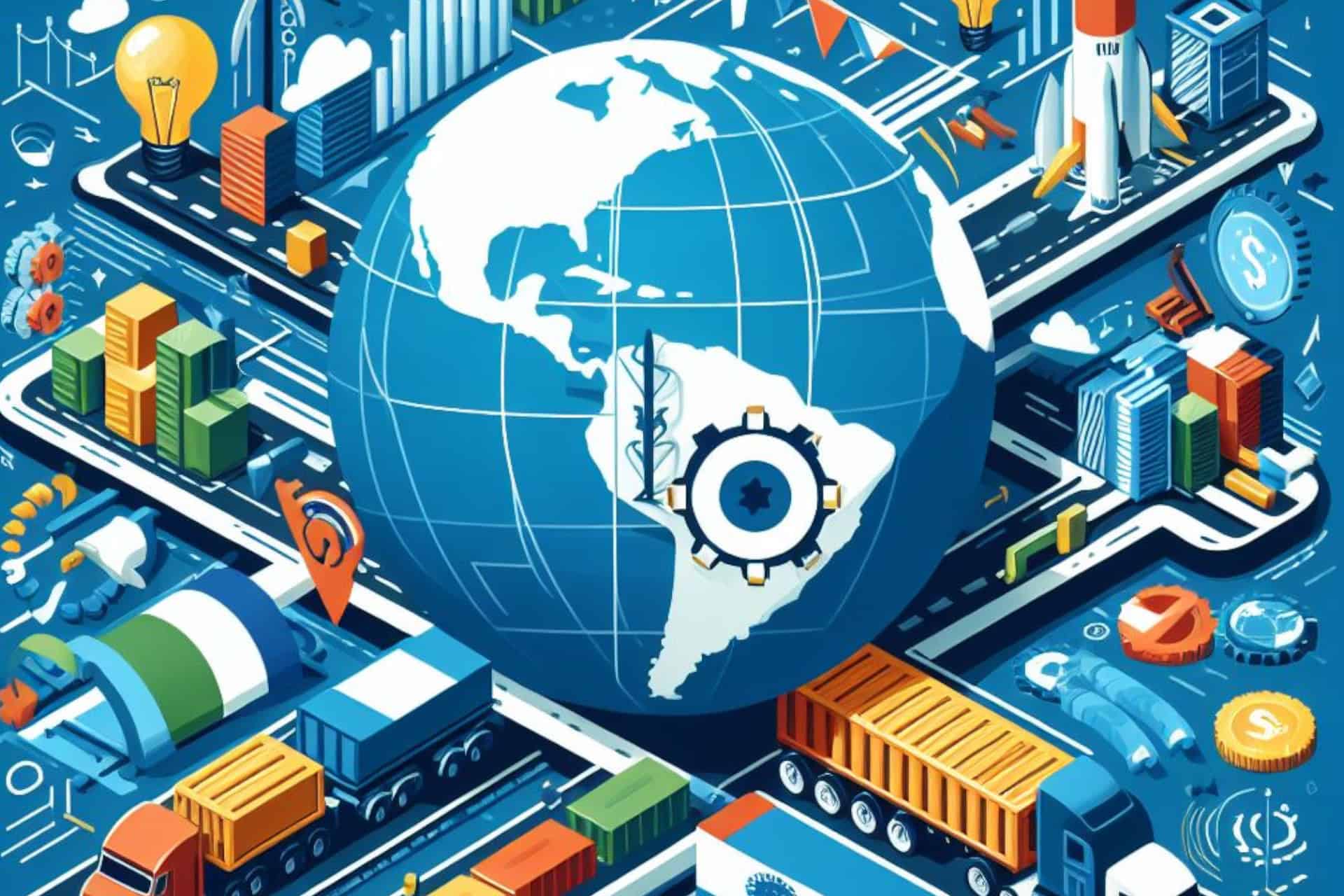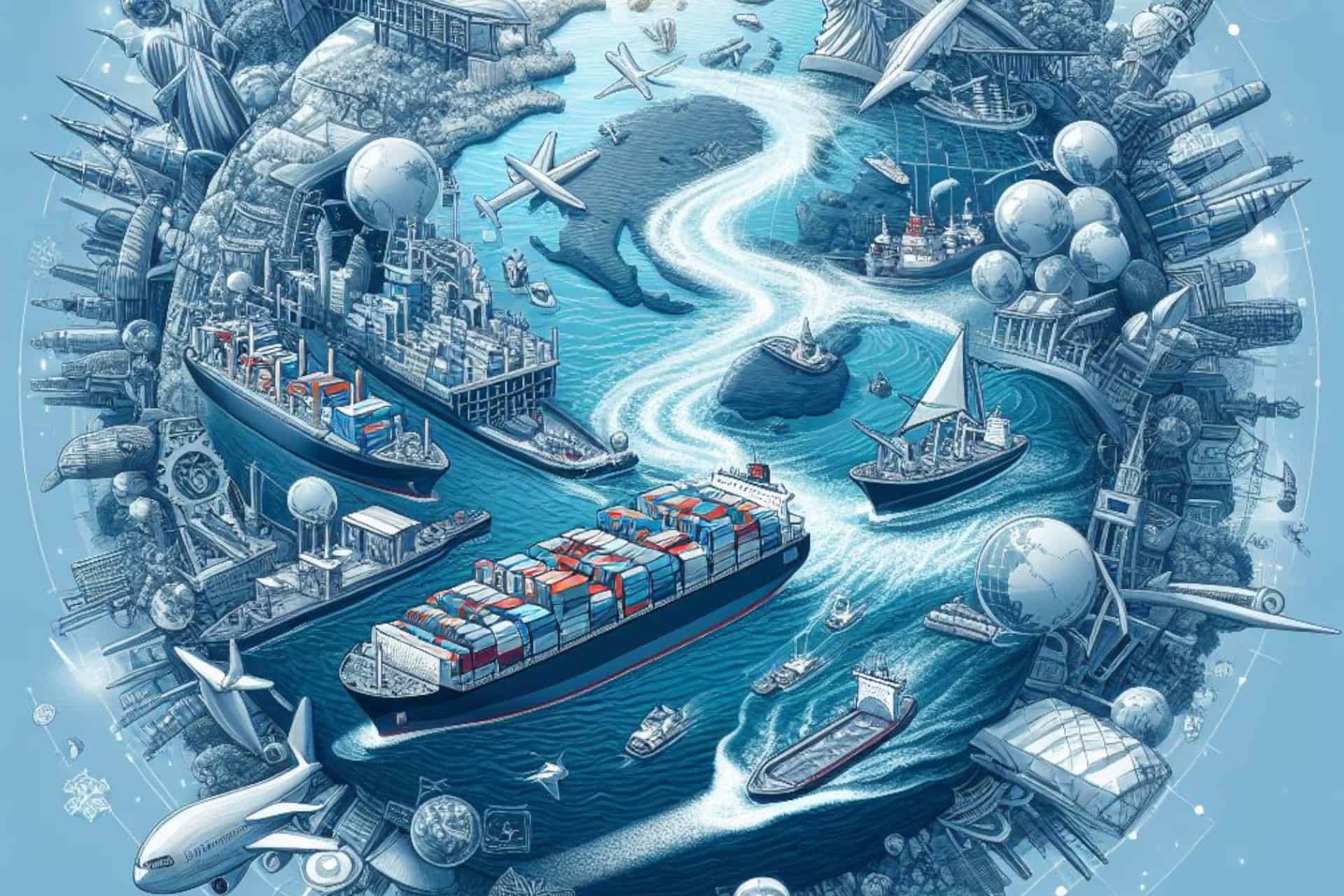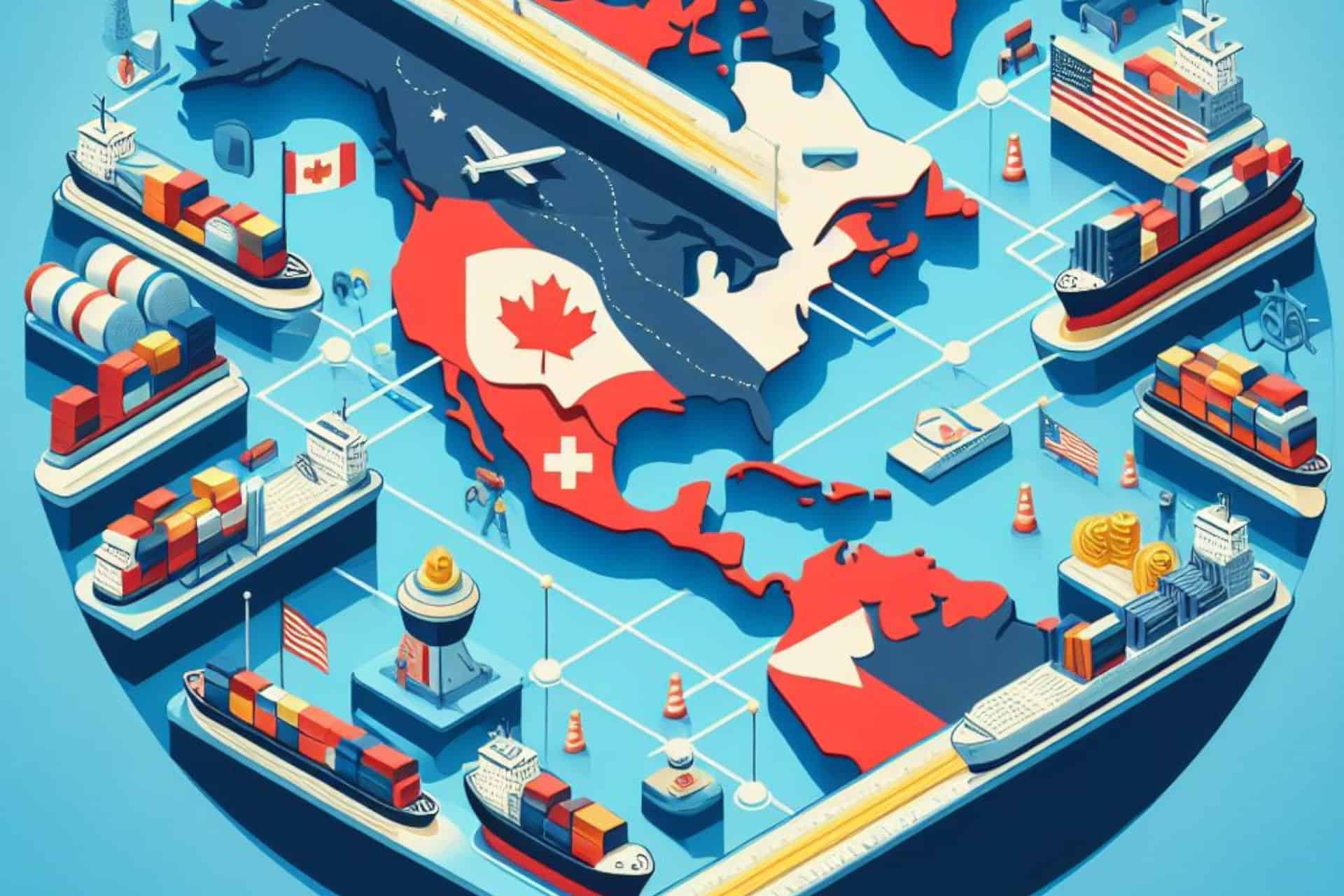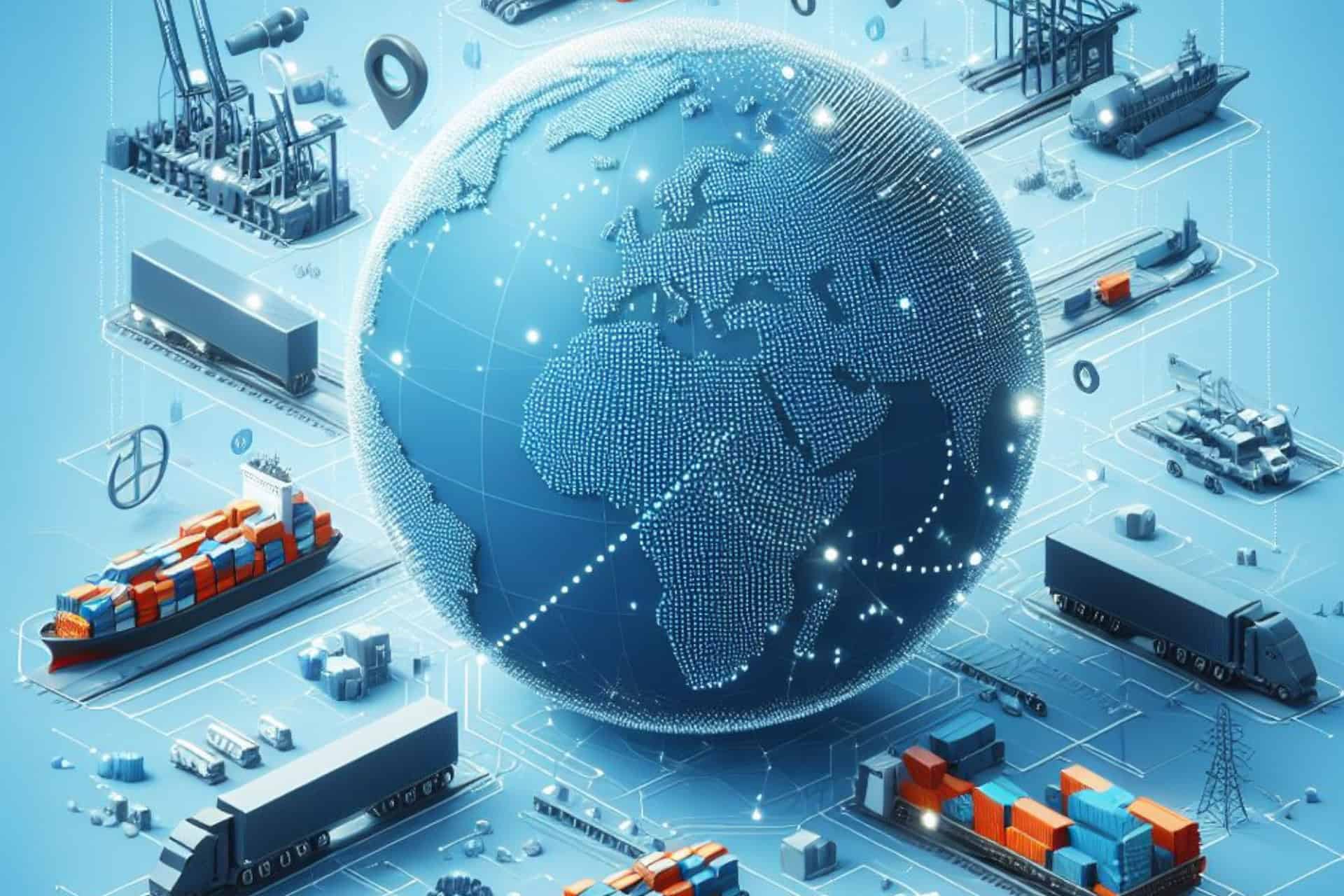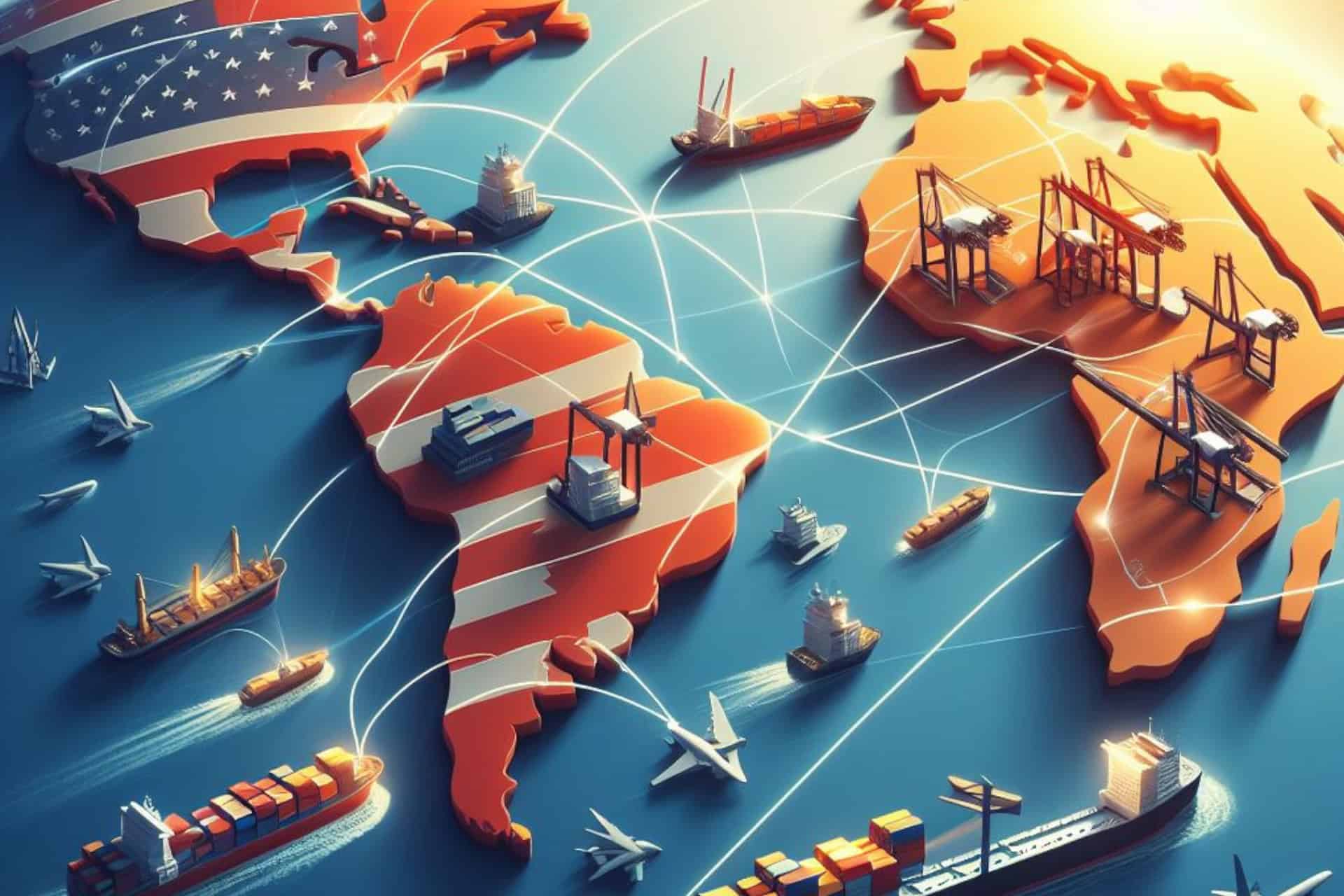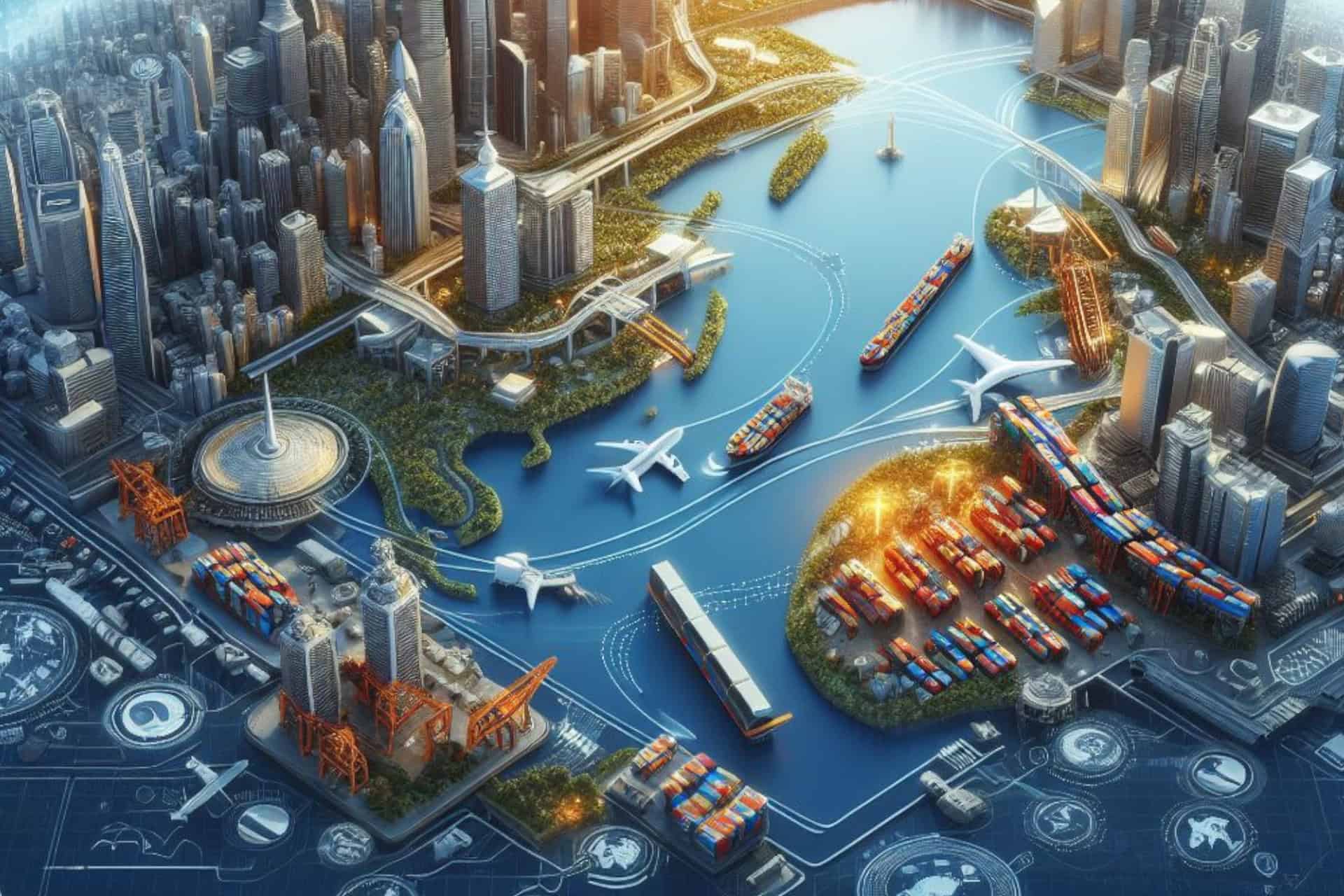Asia's supply chain resilience is a testament to the region's ability to navigate uncertainty and emerge stronger in the face of disruptions. By embracing diversification, technology, collaboration, infrastructure investment, and adaptability, Asia has established itself as a global leader in supply chain resilience, ensuring the uninterrupted flow of goods and driving economic growth even in the most challenging of times.
In an era defined by unpredictability, Asia's supply chain resilience stands as a beacon of stability amidst the storm. As global markets continue to grapple with an array of disruptions, from natural disasters to geopolitical tensions and pandemics, the region's intricate network of trade and logistics has proven remarkably adaptable, ensuring the uninterrupted flow of goods and services to consumers worldwide.
Asia's strategic positioning as the world's manufacturing hub has long been acknowledged. With a wealth of resources, skilled labor force, and advanced infrastructure, countries across the region have cemented their status as indispensable players in the global supply chain ecosystem. However, it is the resilience embedded within these networks that truly sets Asia apart in times of crisis.
The resilience of Asia's supply chains is built upon several key pillars:
1.Diversification: One of the most effective strategies employed by Asian companies is diversifying their supplier base. By spreading their manufacturing operations across multiple countries within the region, firms can mitigate the impact of disruptions in any single location. This flexibility ensures that production can swiftly be shifted to alternative sites, minimizing downtime and ensuring continuity of supply.
2.Technology Integration: Asia has embraced technology as a cornerstone of supply chain resilience. From advanced analytics and artificial intelligence to blockchain and Internet of Things (IoT) solutions, businesses are leveraging cutting-edge technologies to enhance visibility, optimize inventory management, and streamline operations. Real-time data analytics enable proactive risk management and rapid response to emerging threats, bolstering the resilience of the entire supply chain ecosystem.
3.Collaborative Partnerships: Collaboration lies at the heart of Asia's supply chain resilience. Governments, businesses, and industry associations are increasingly coming together to share best practices, exchange information, and coordinate response efforts during times of crisis. By fostering a culture of collaboration and information sharing, stakeholders can collectively strengthen the resilience of the entire supply chain network, ensuring that critical goods continue to reach their destination, even in the face of adversity.
4.Investment in Infrastructure: Asia's commitment to infrastructure development has been instrumental in enhancing supply chain resilience. From modern ports and transportation networks to state-of-the-art warehousing facilities and distribution centers, investments in infrastructure have improved the efficiency and reliability of logistics operations across the region. Robust infrastructure not only facilitates the smooth flow of goods but also serves as a buffer against disruptions, enabling swift recovery in the aftermath of crises.
5.Agility and Adaptability: Perhaps the most defining characteristic of Asia's supply chain resilience is its agility and adaptability. Faced with evolving challenges, companies have demonstrated remarkable flexibility in adjusting their operations to meet shifting demand patterns and overcome logistical hurdles. Whether through rapid reconfiguration of production lines, expedited shipping routes, or innovative supply chain finance solutions, Asia's businesses have shown a remarkable ability to pivot in response to adversity, ensuring continuity amidst chaos.
#AsiaSupplyChain #Resilience #Logistics #SupplyChainManagement #TechnologyIntegration #InfrastructureDevelopment #Collaboration #Agility #Adaptability #GlobalTrade
Read more views






